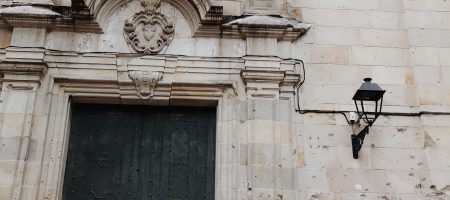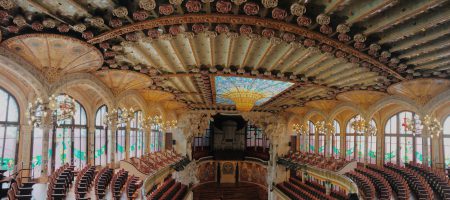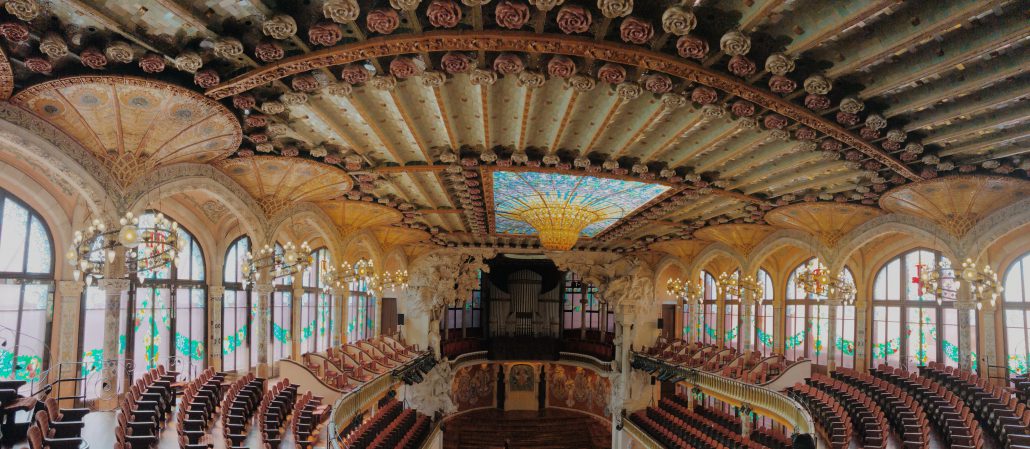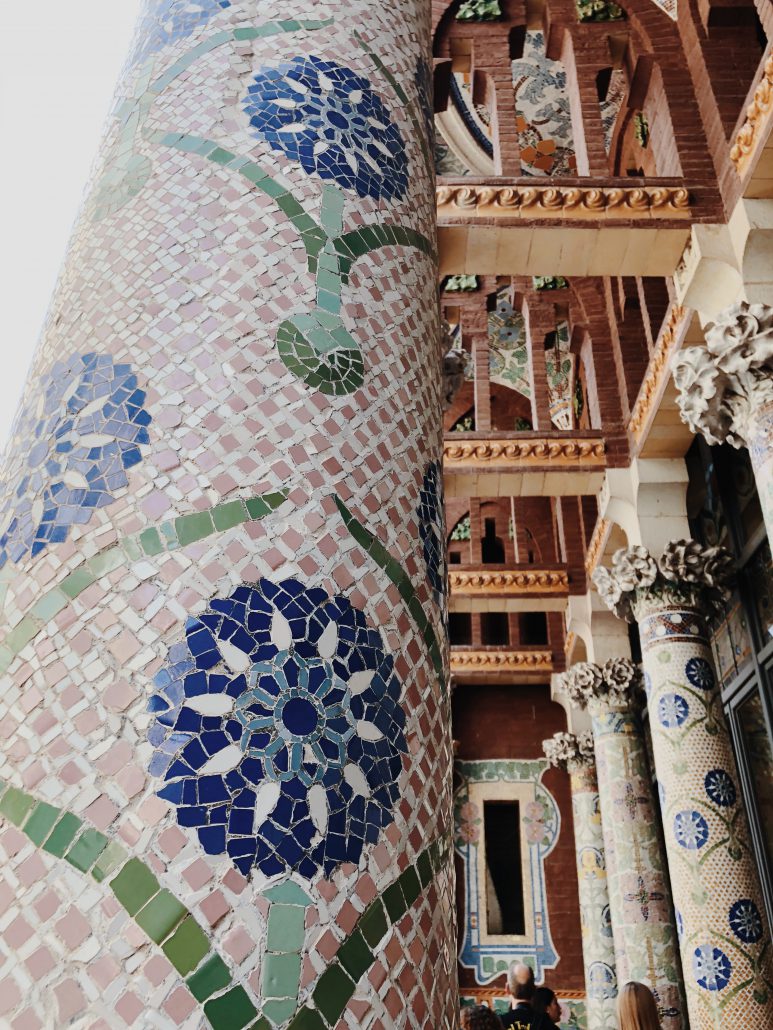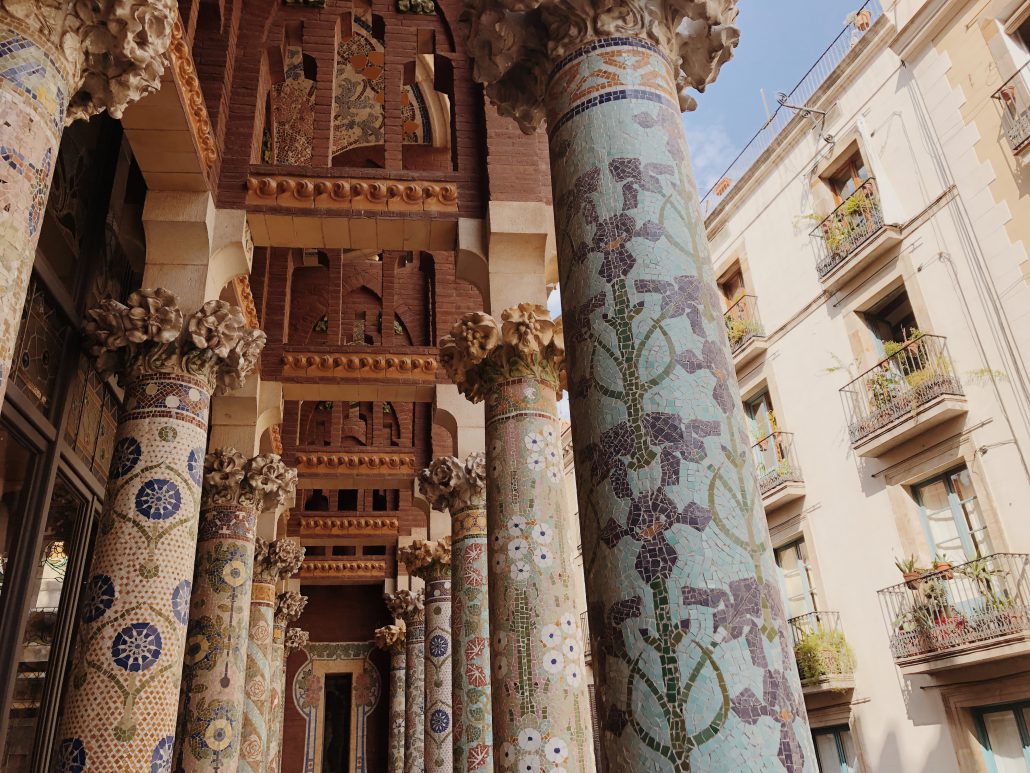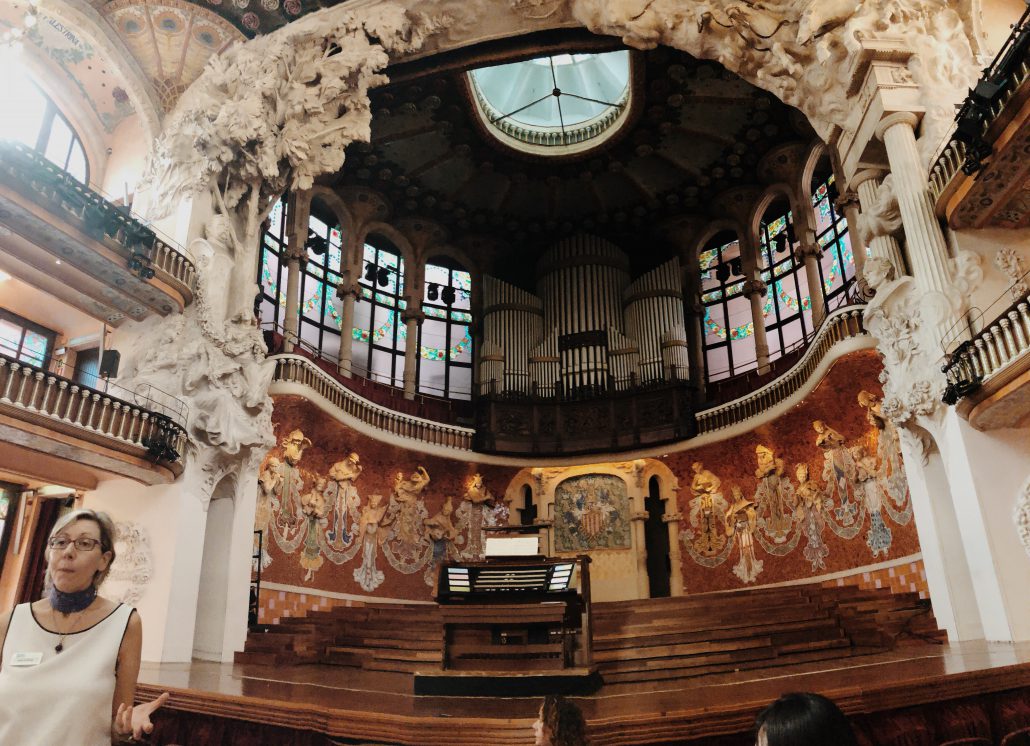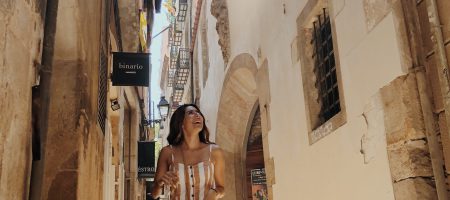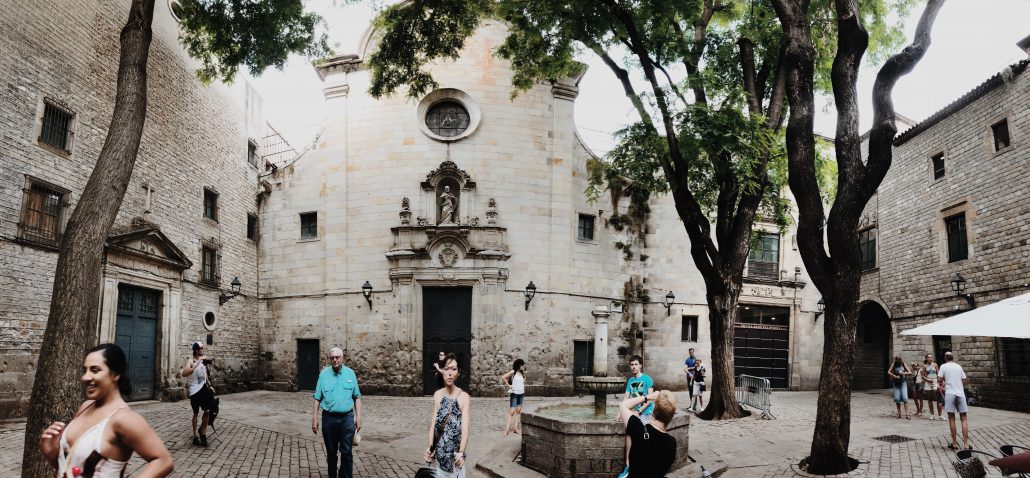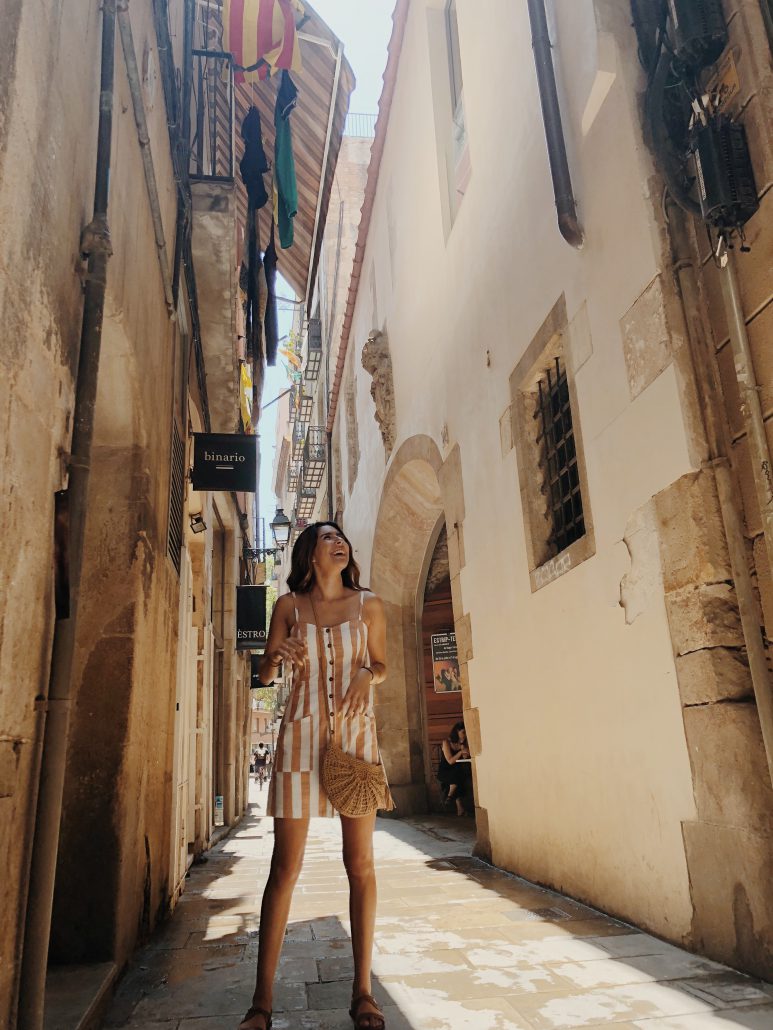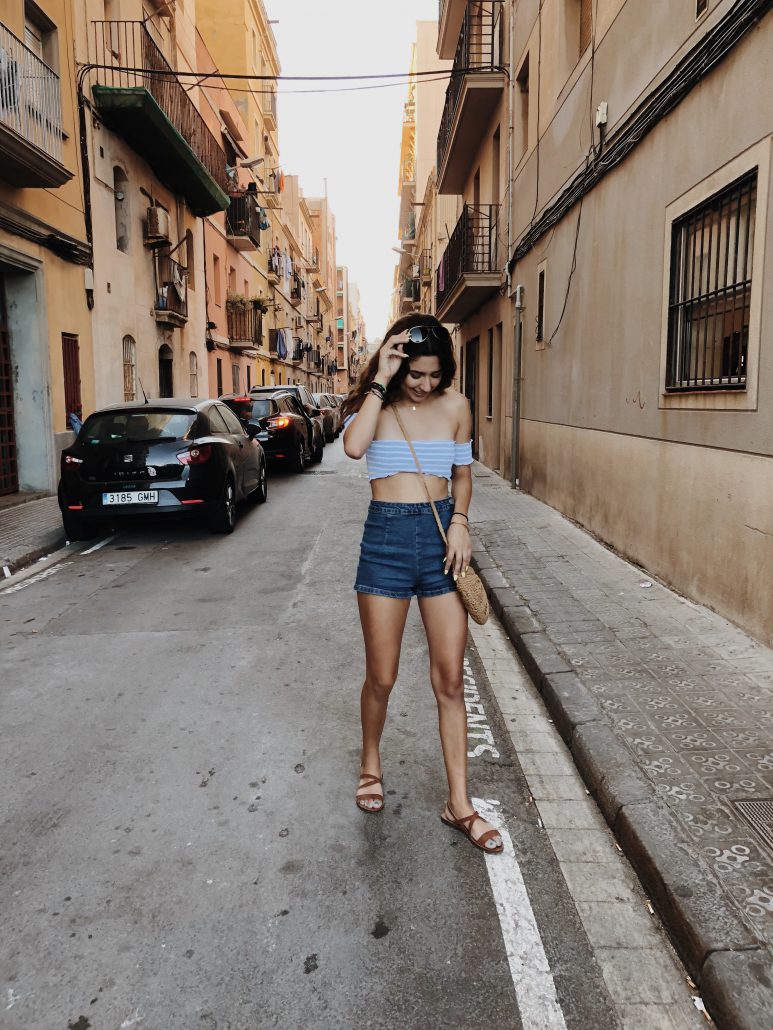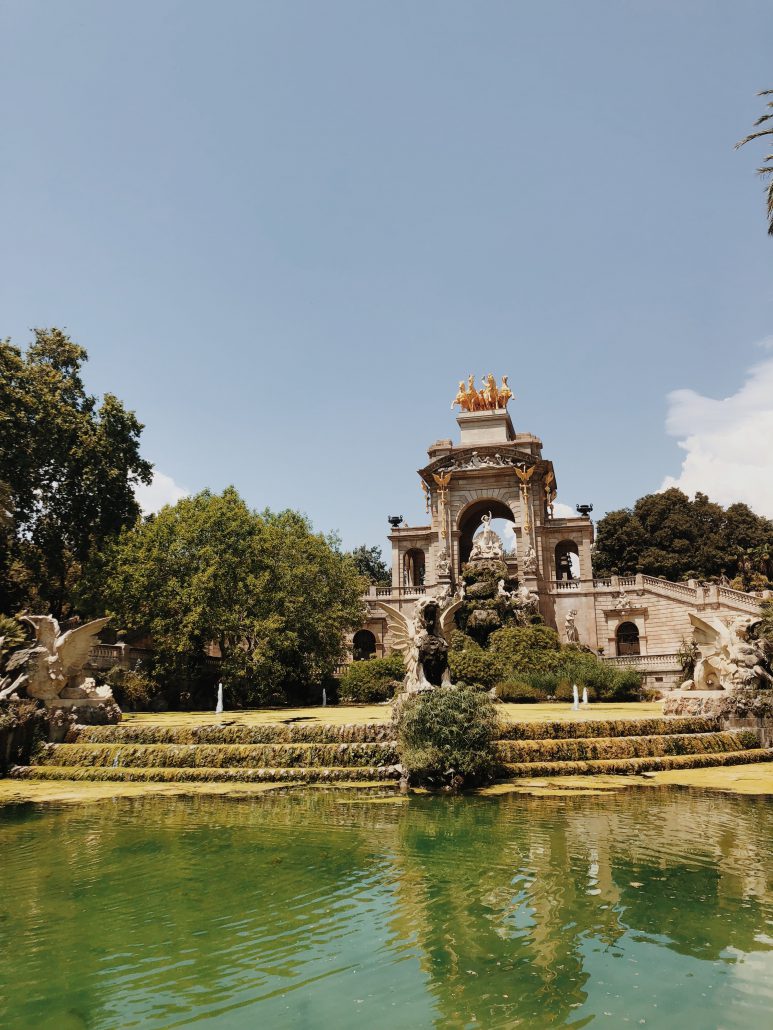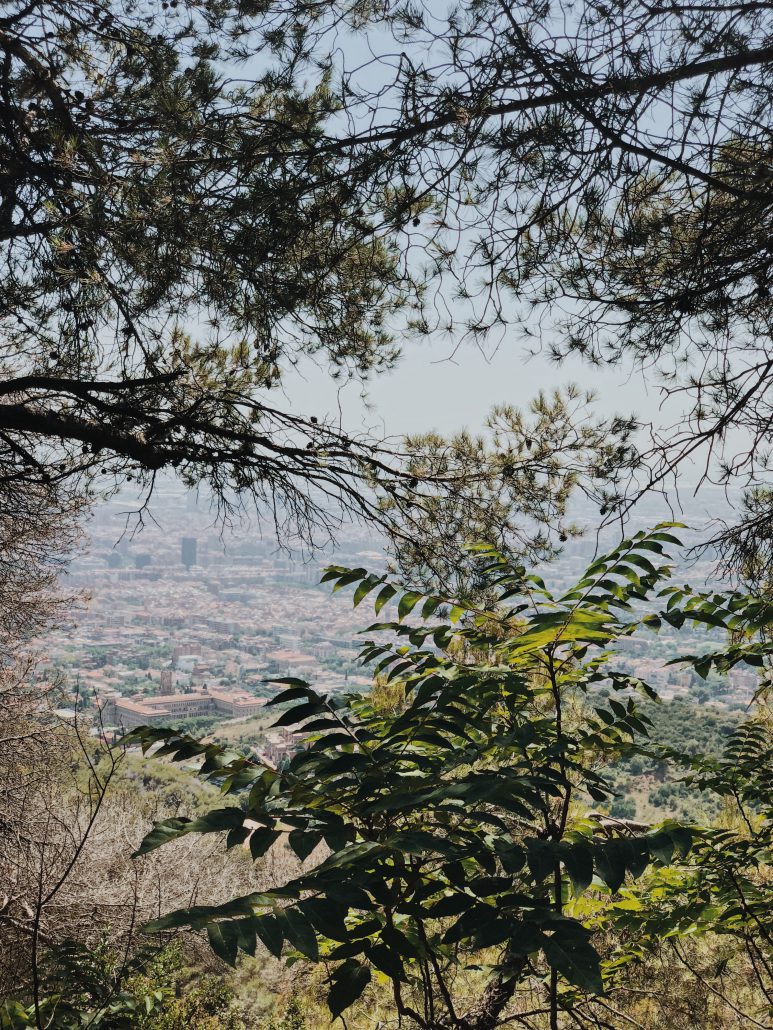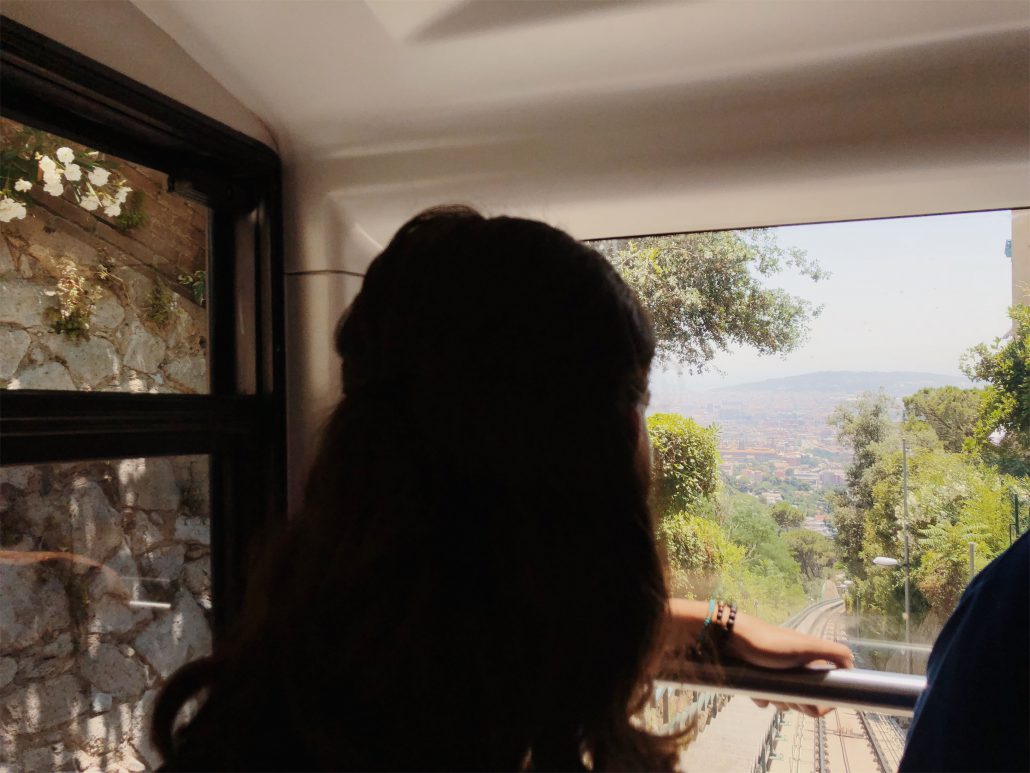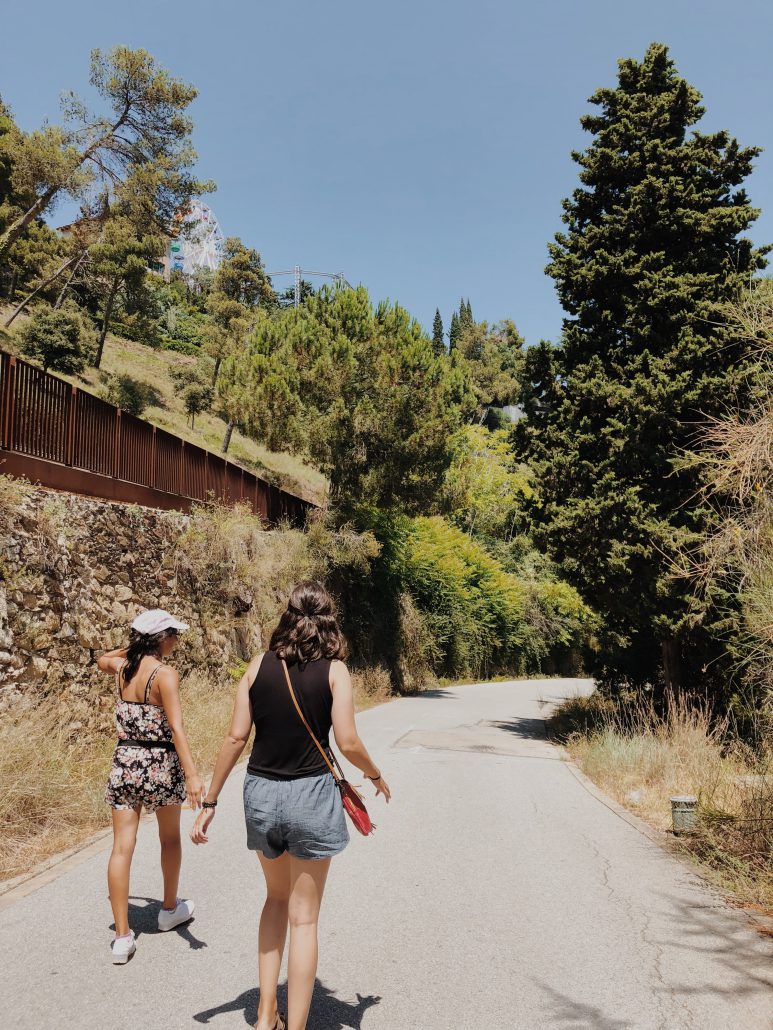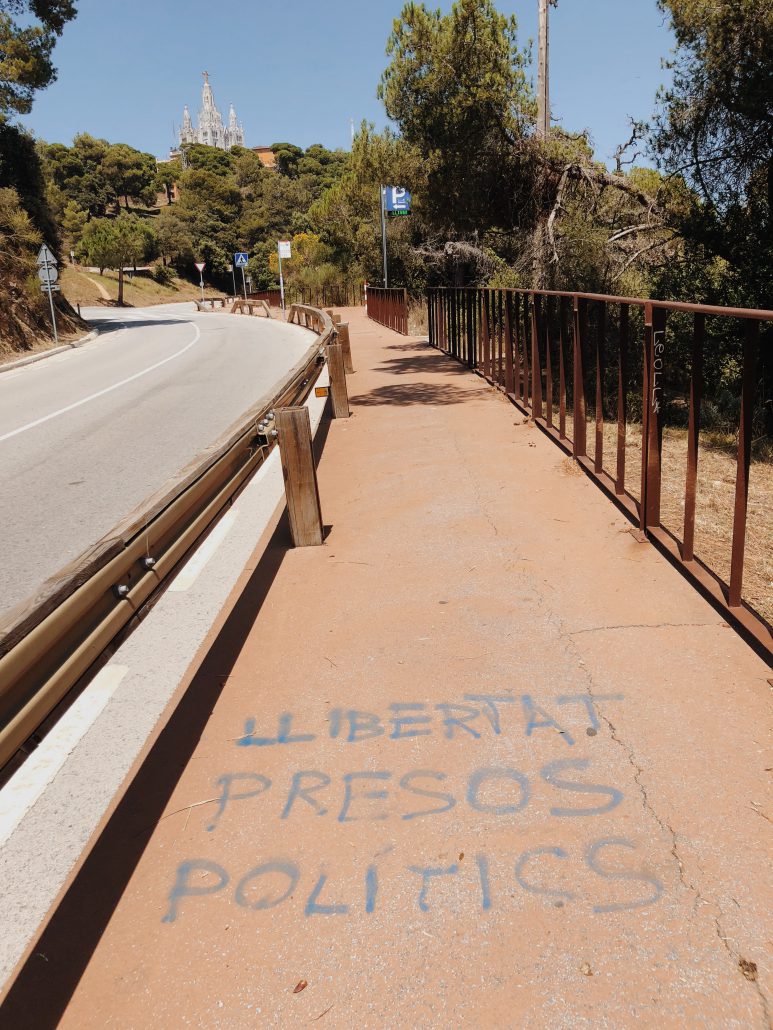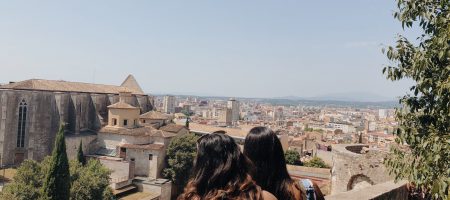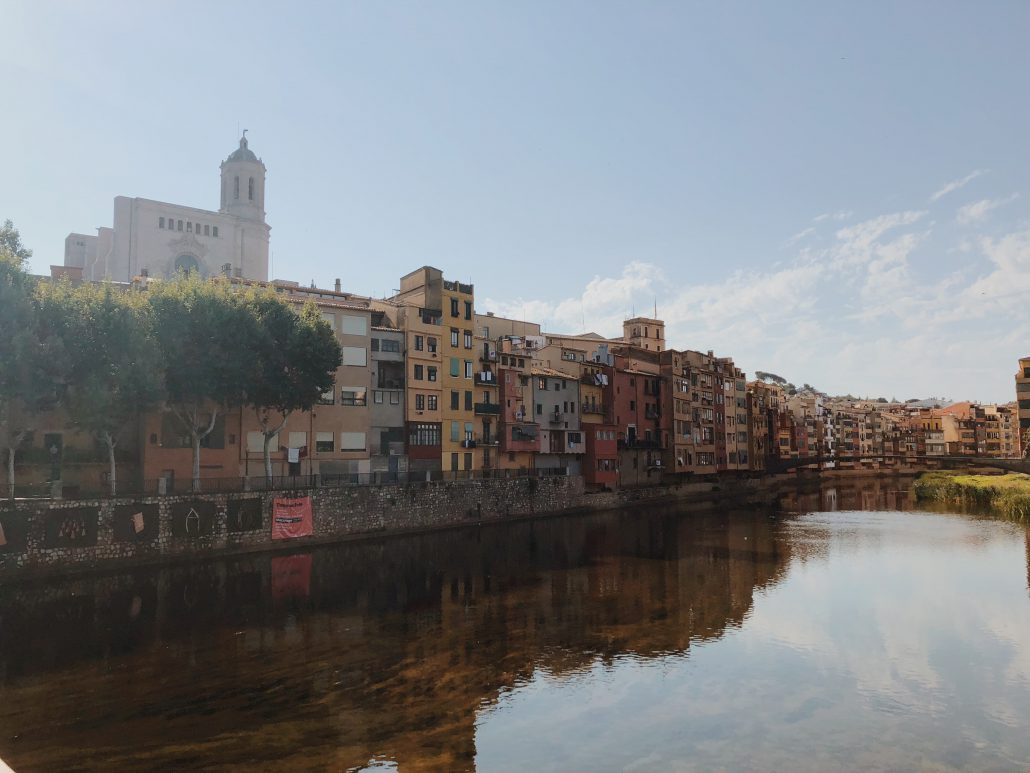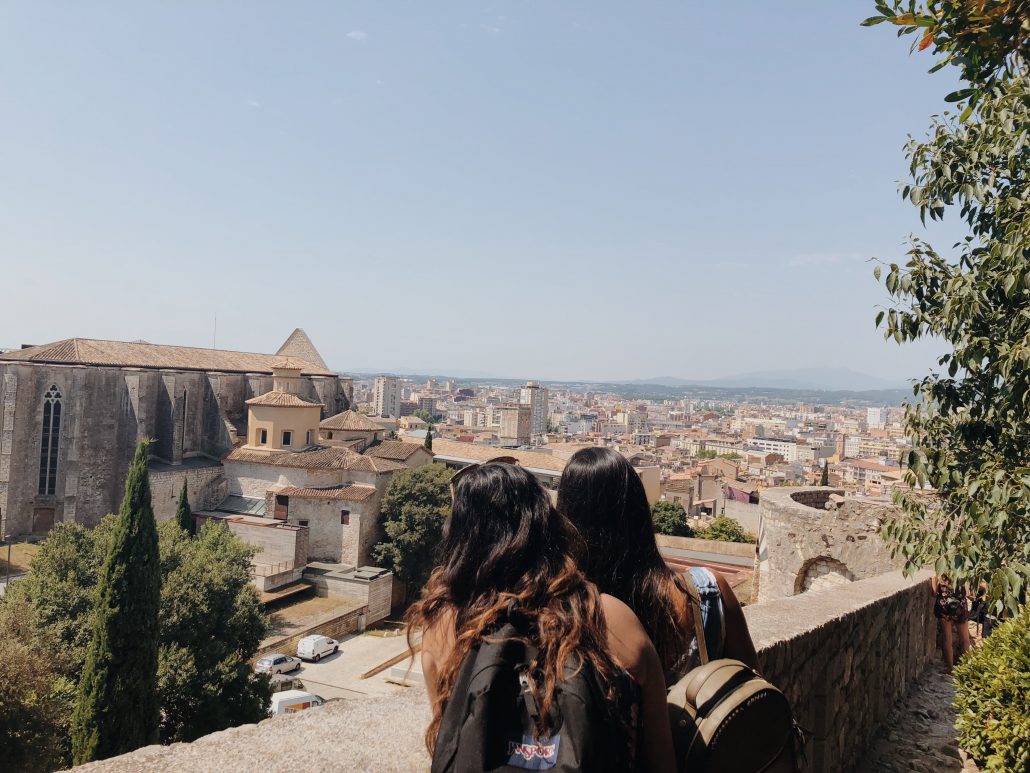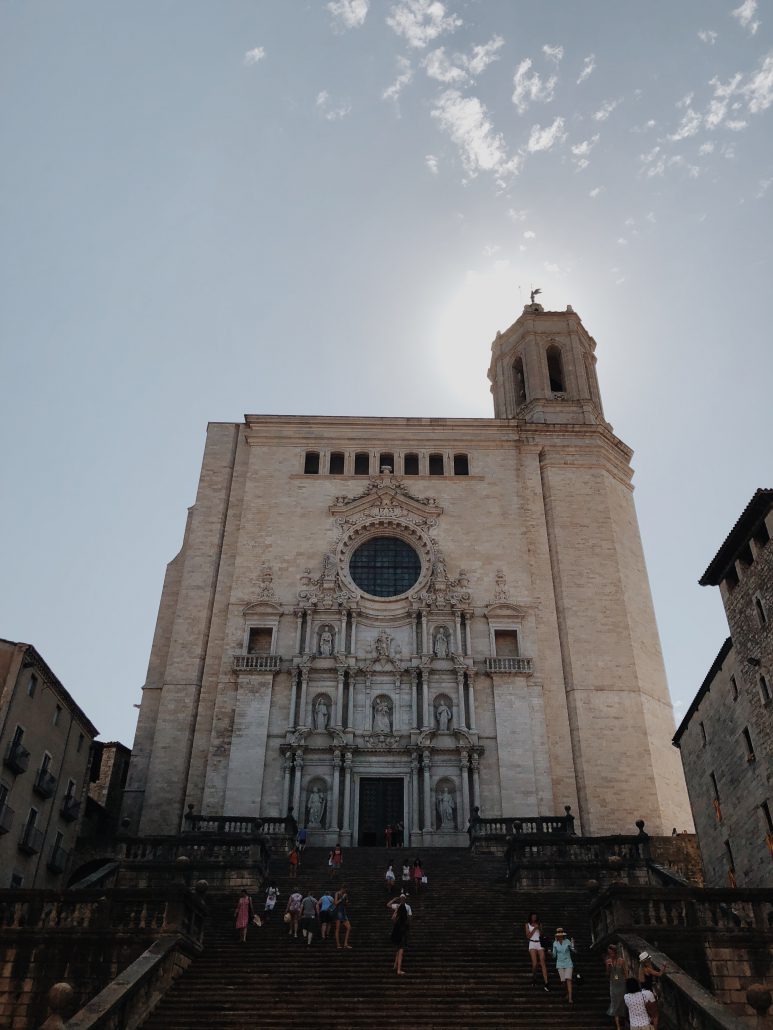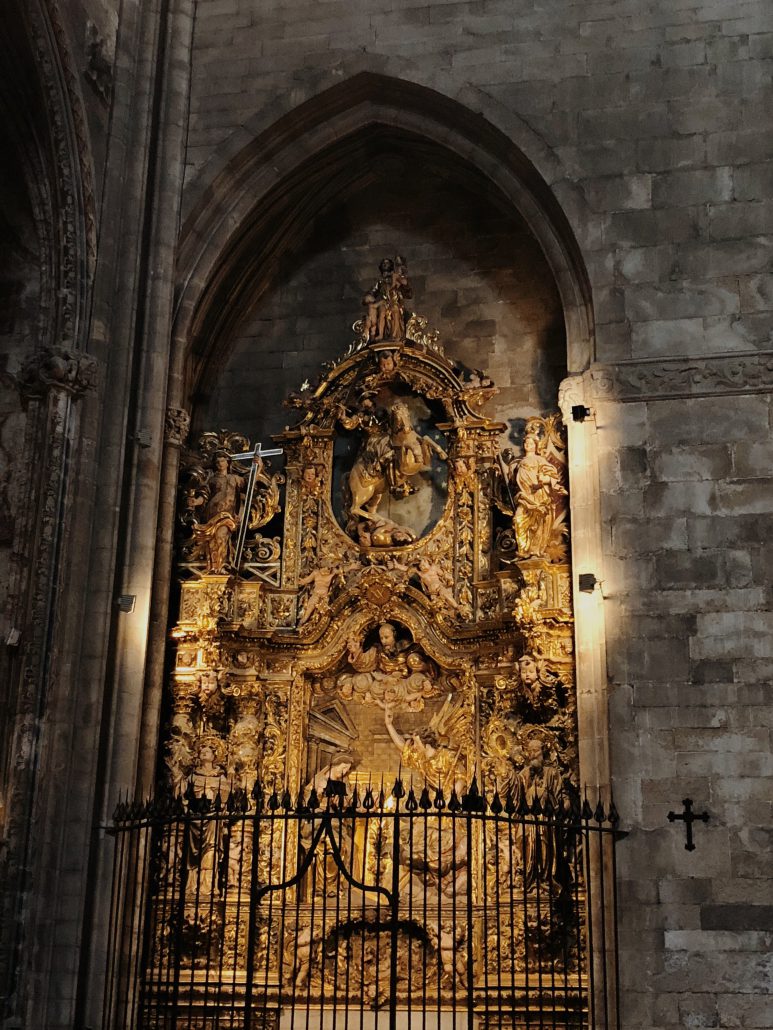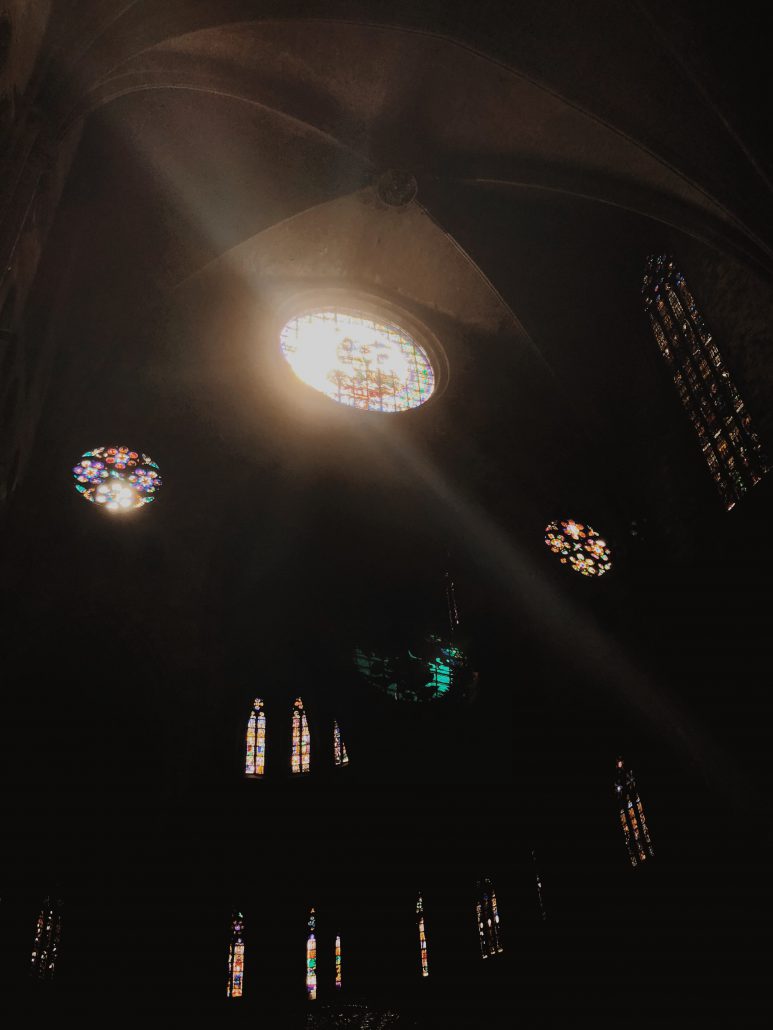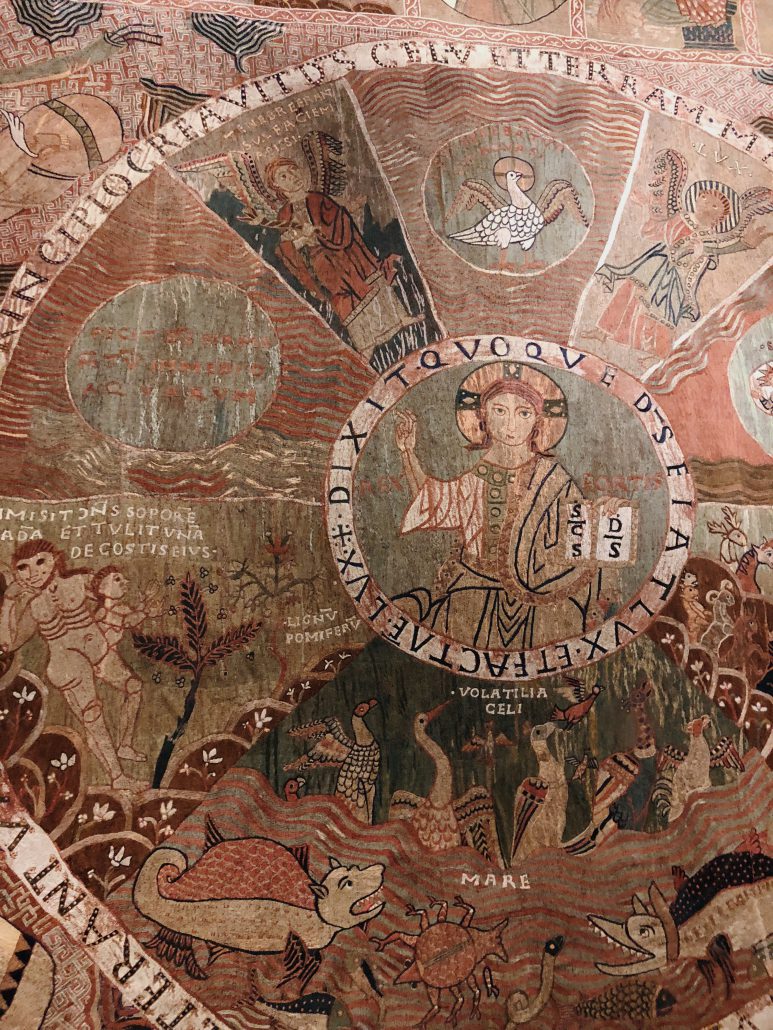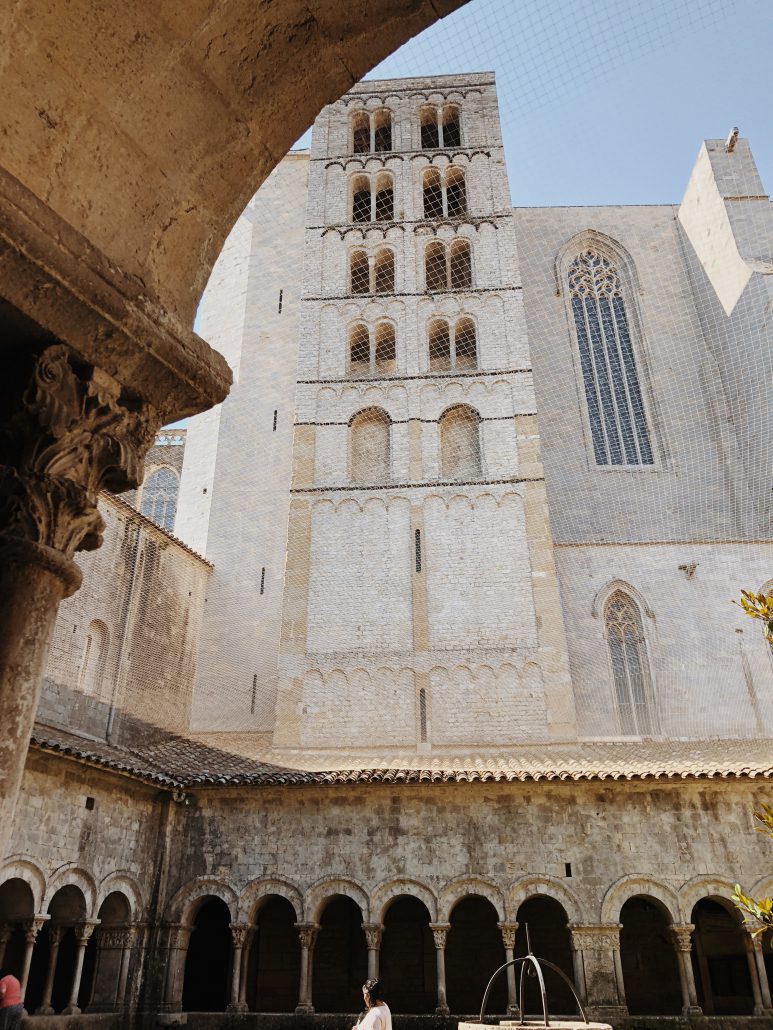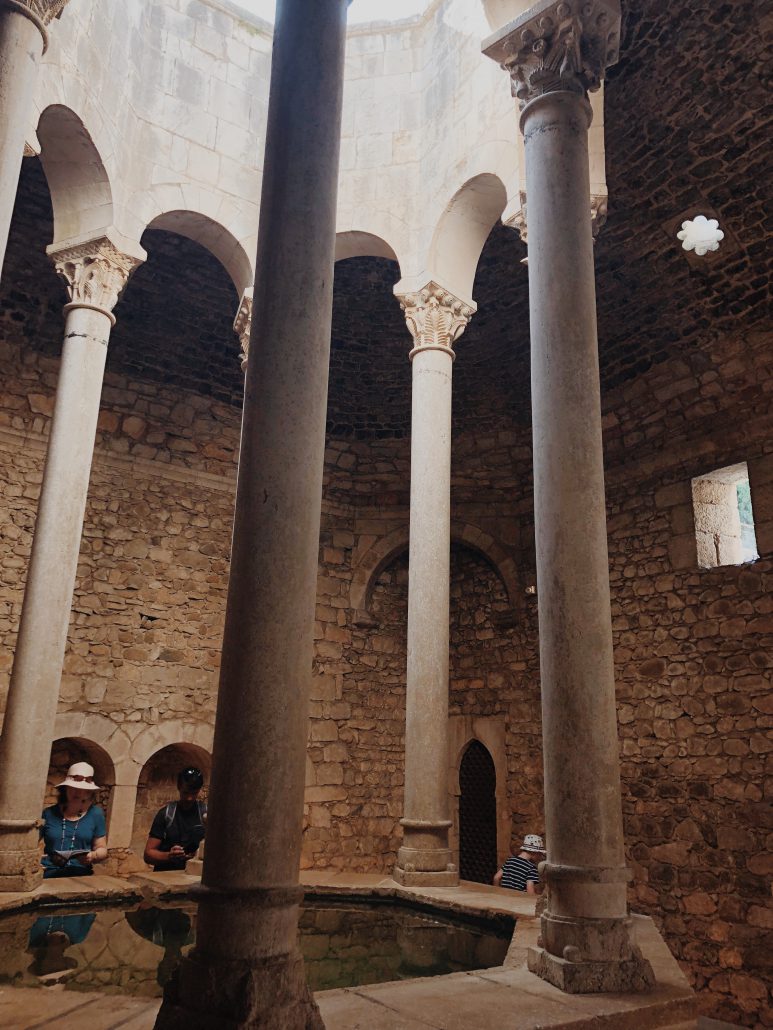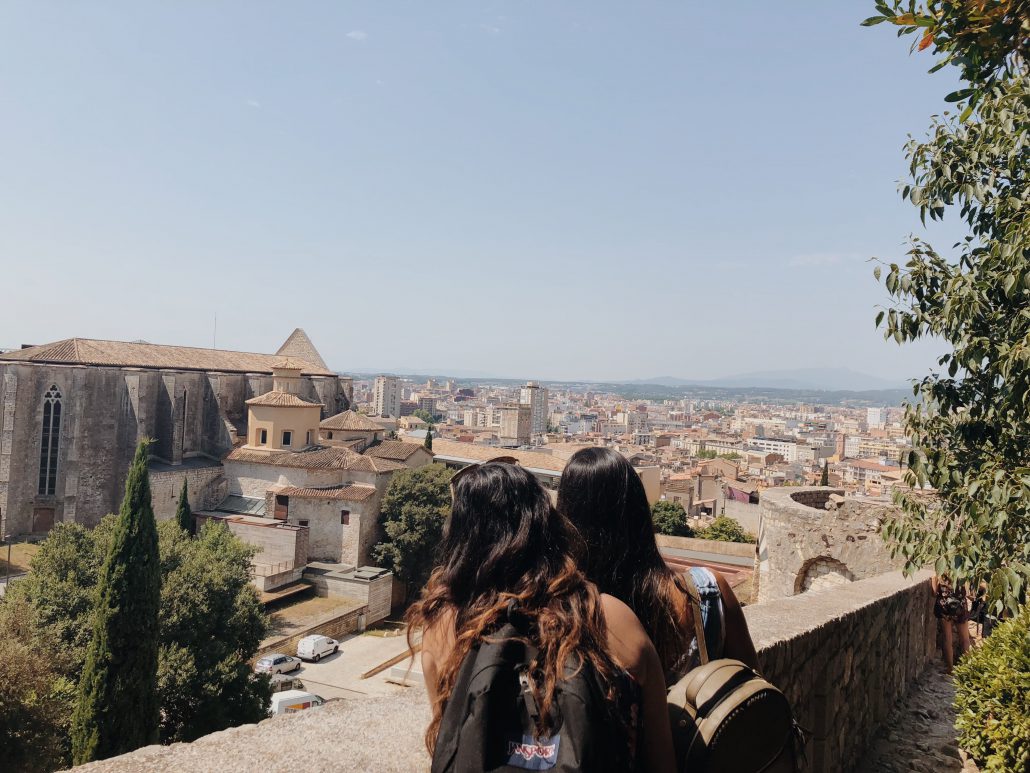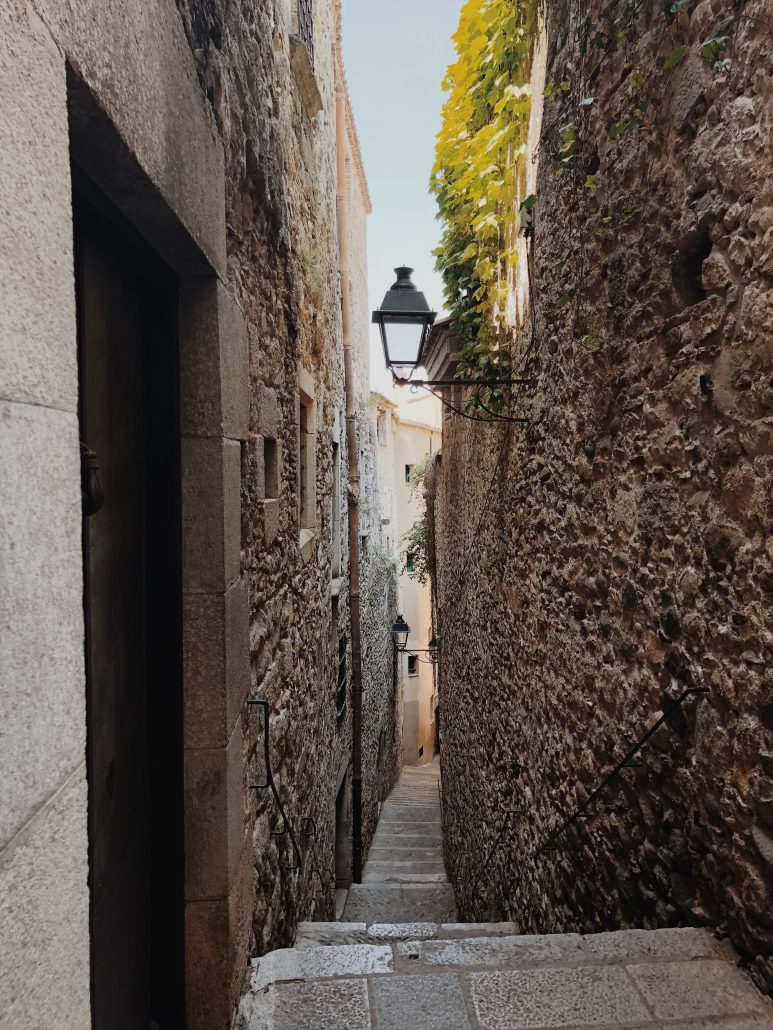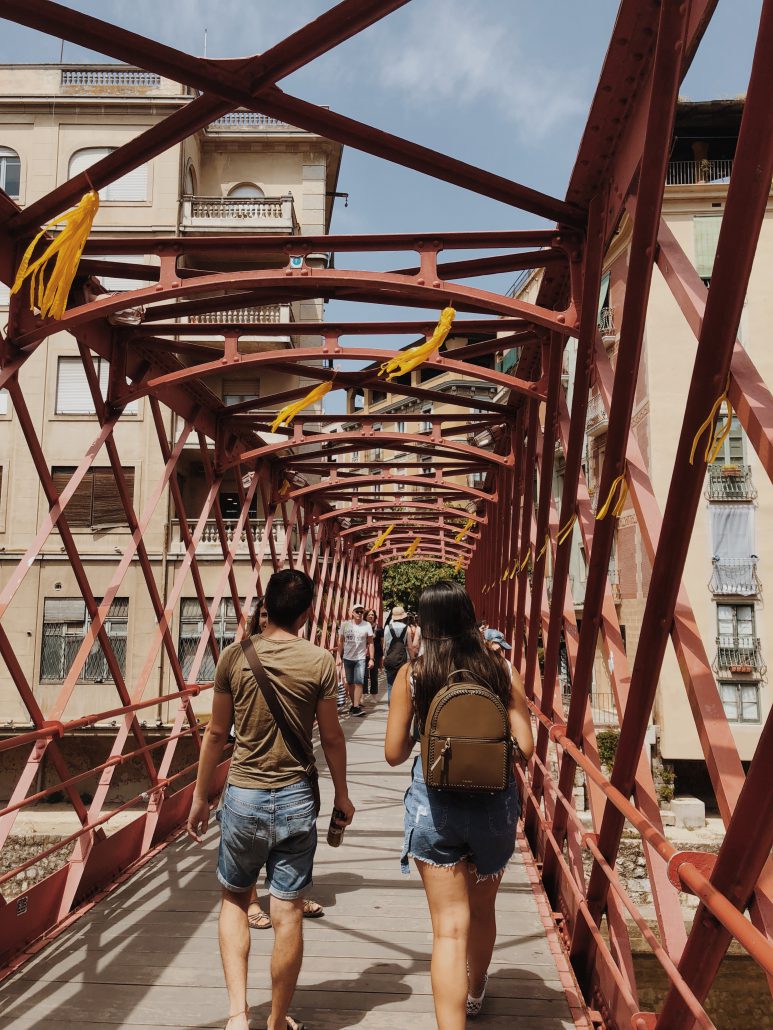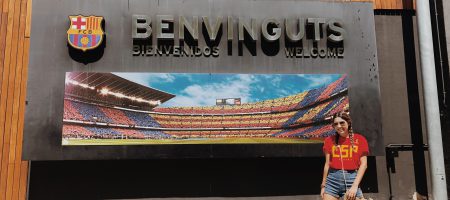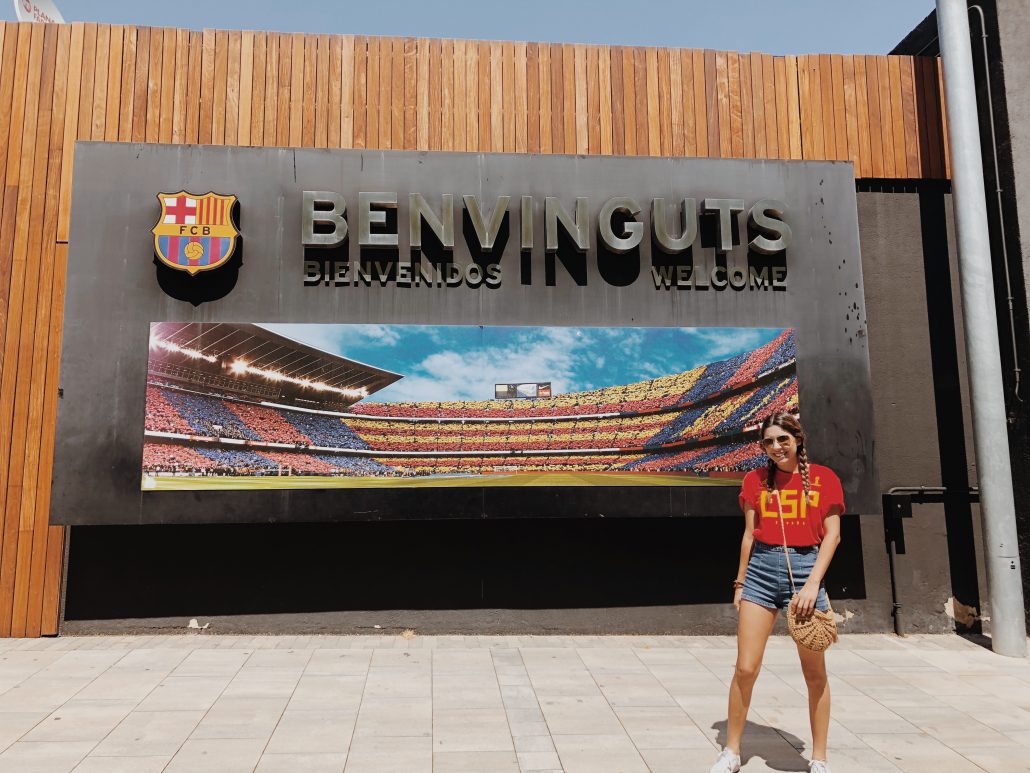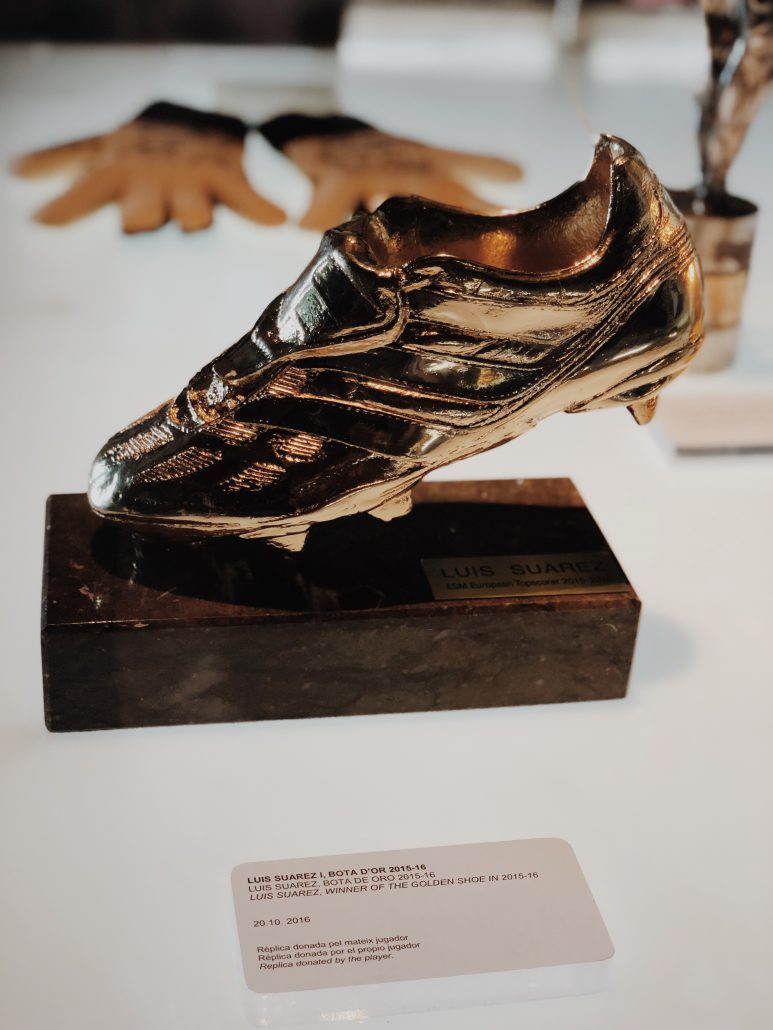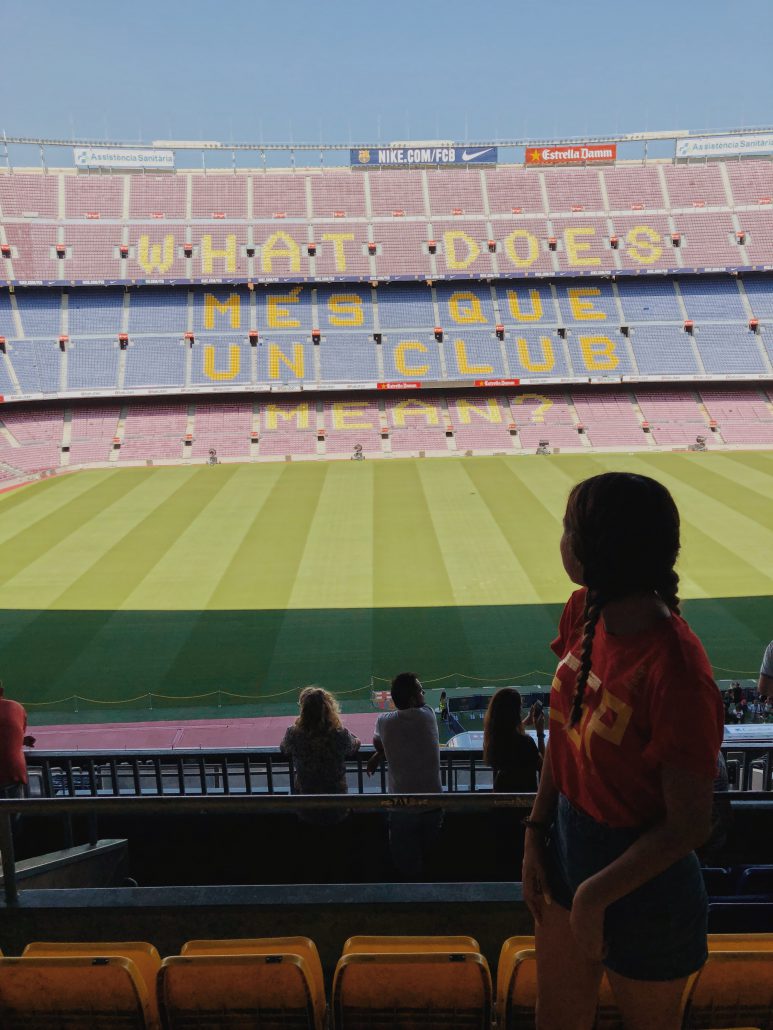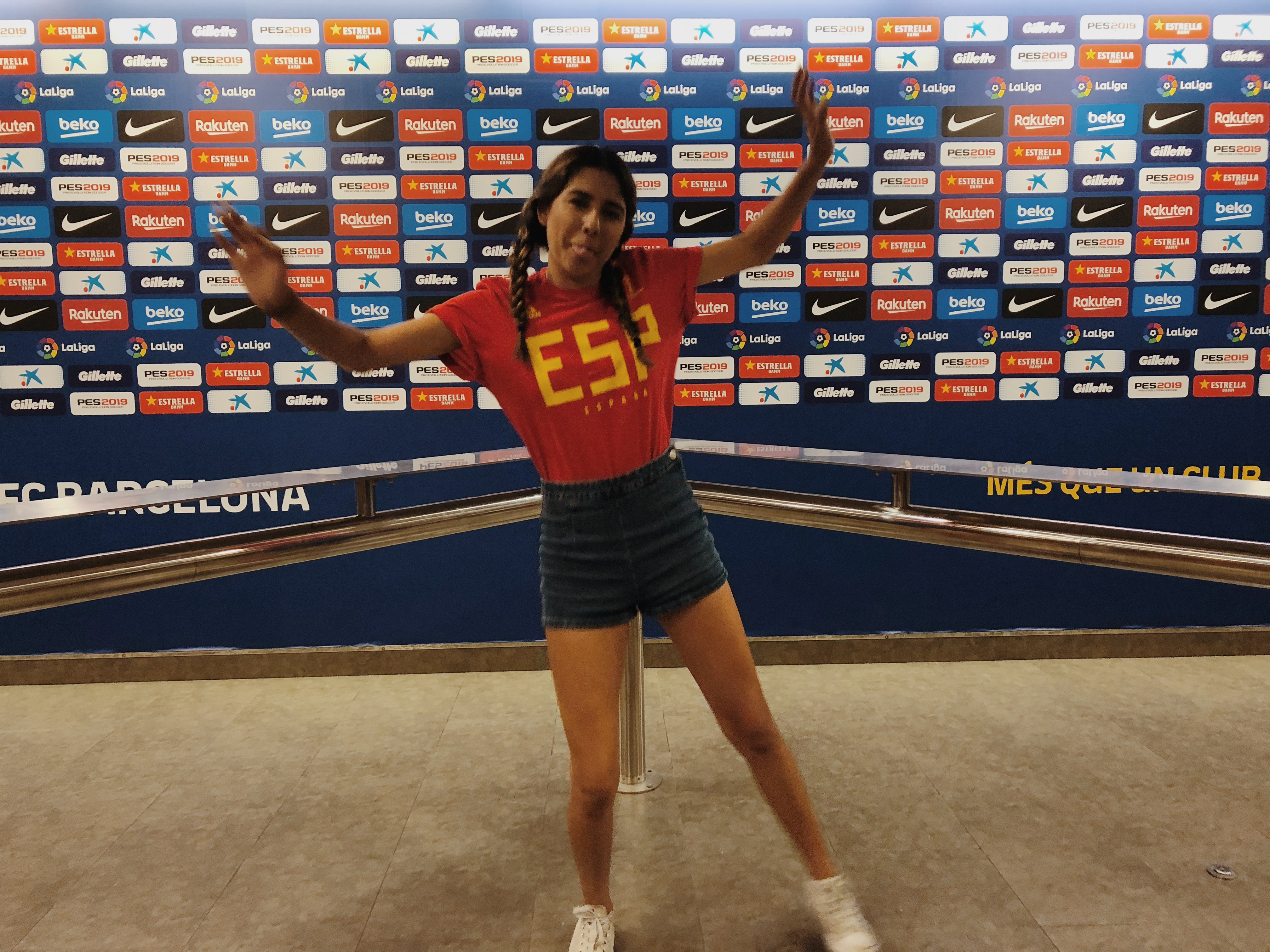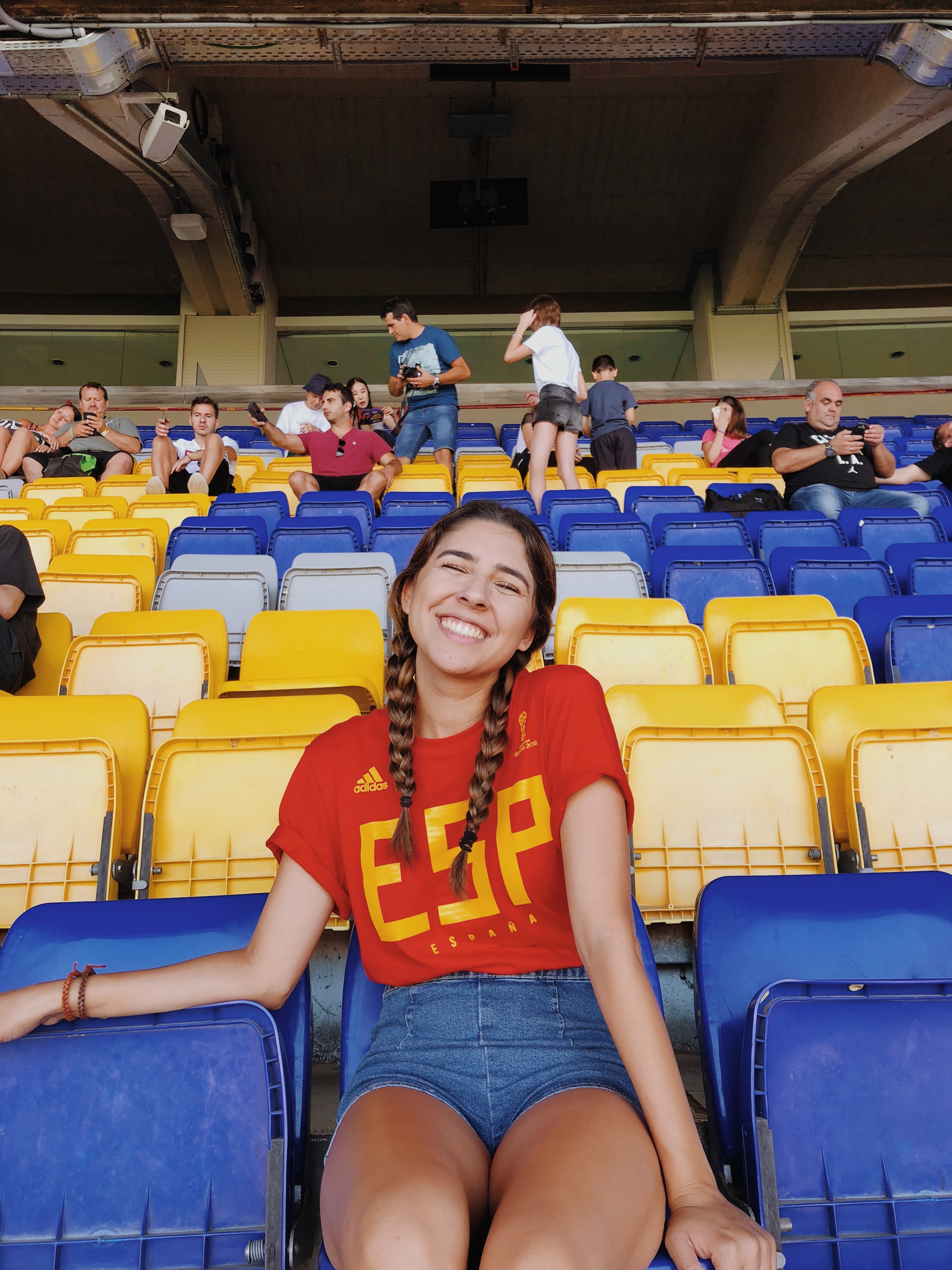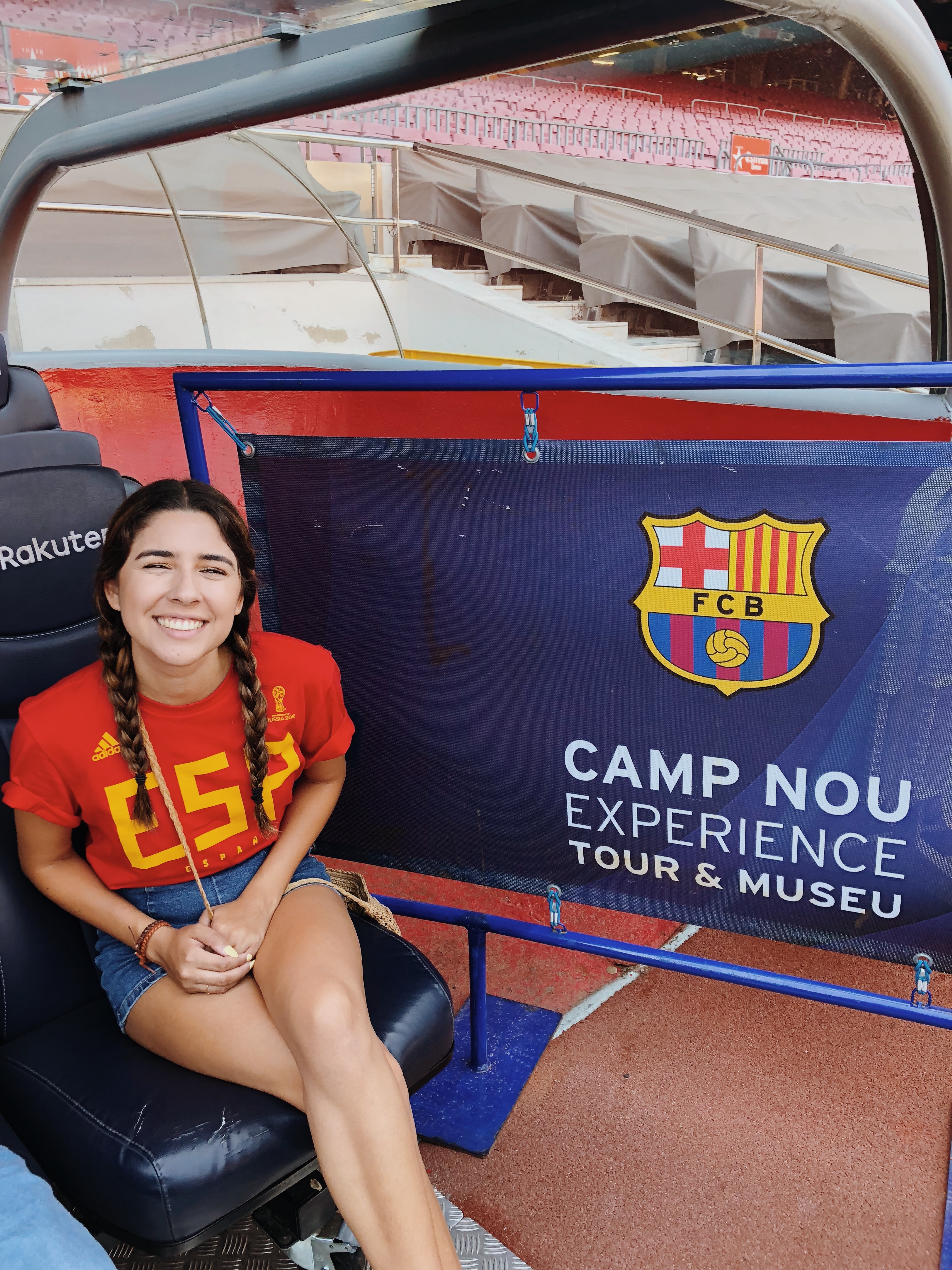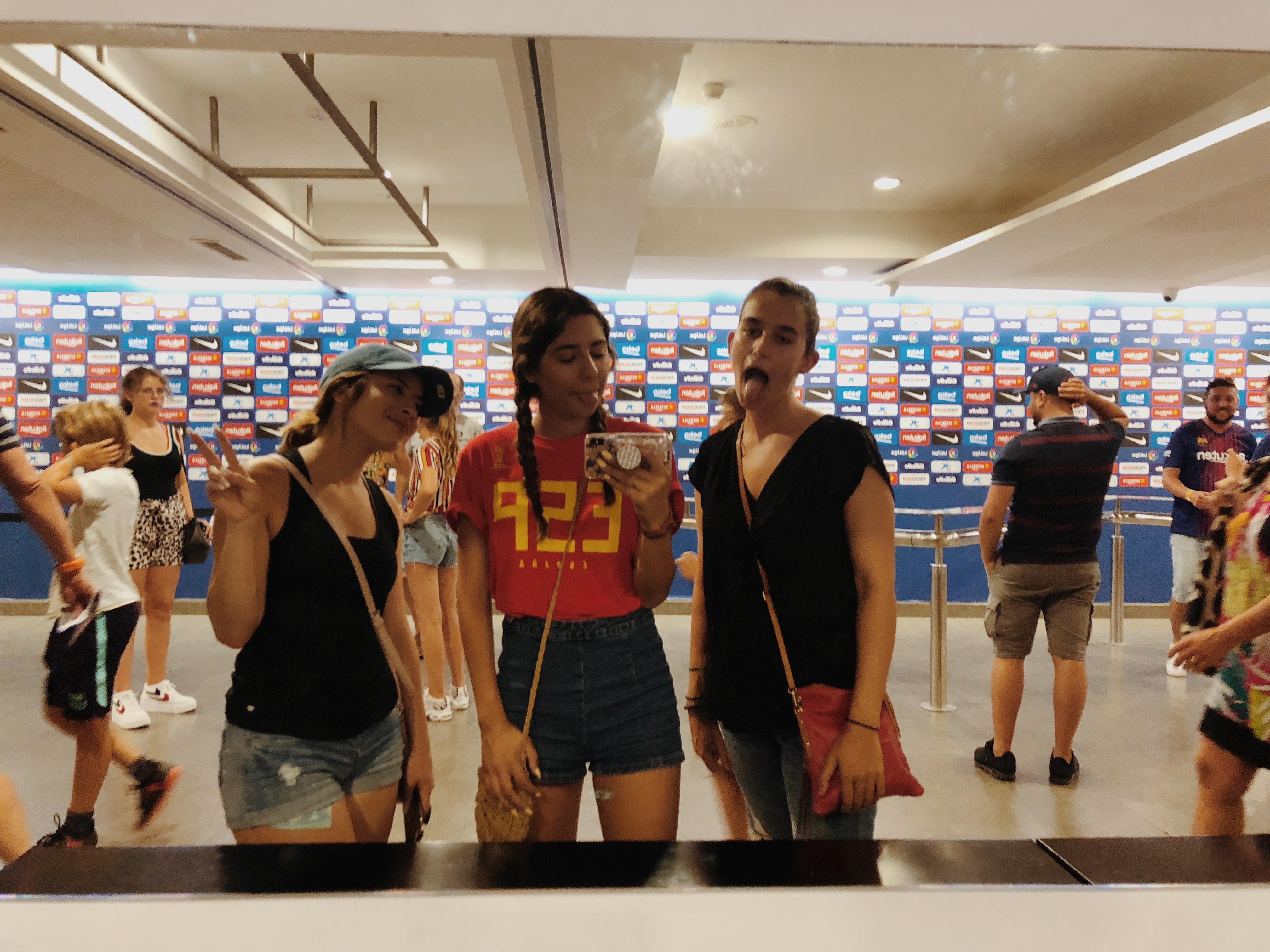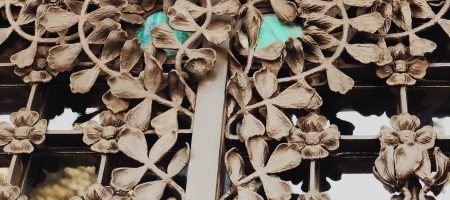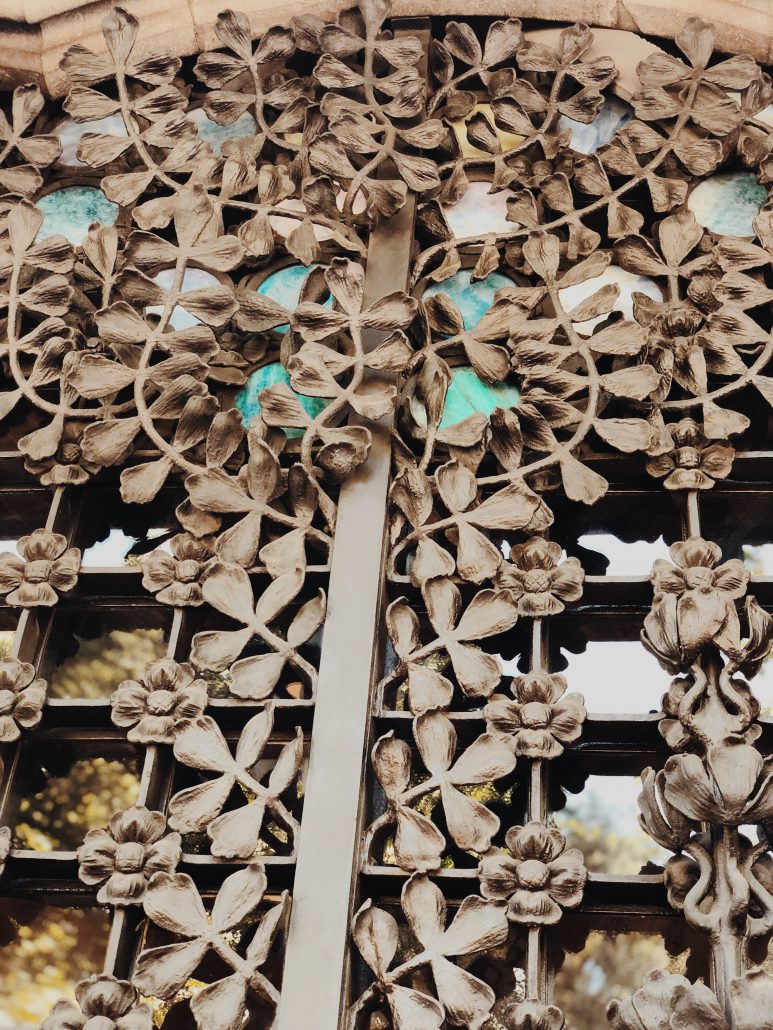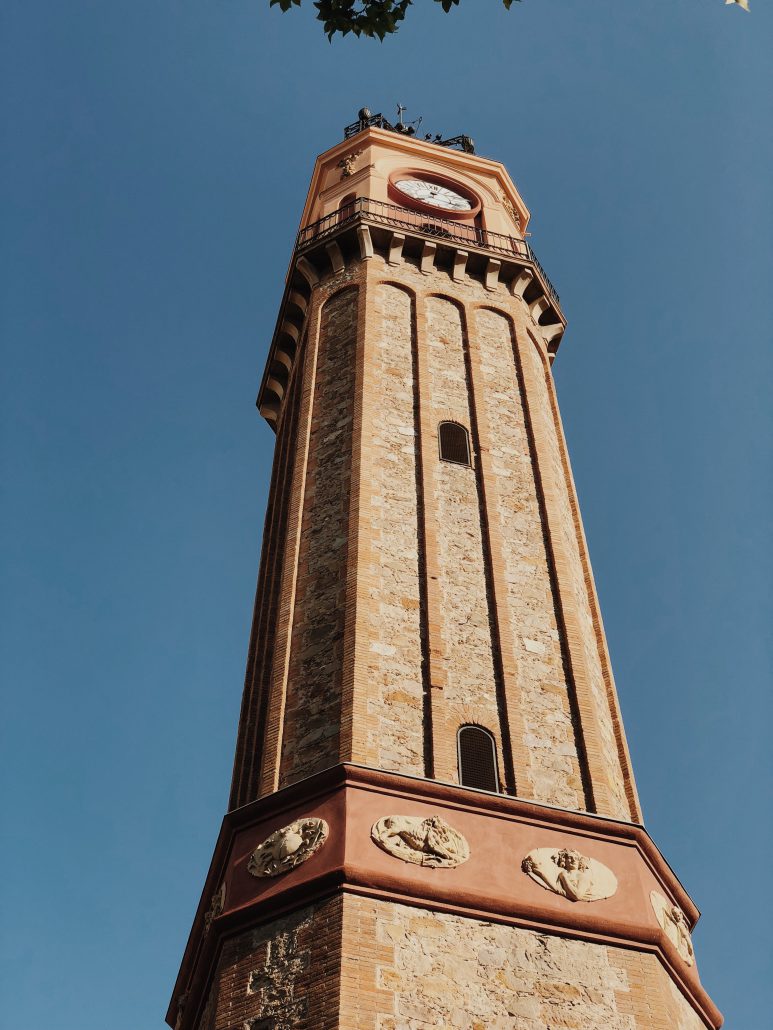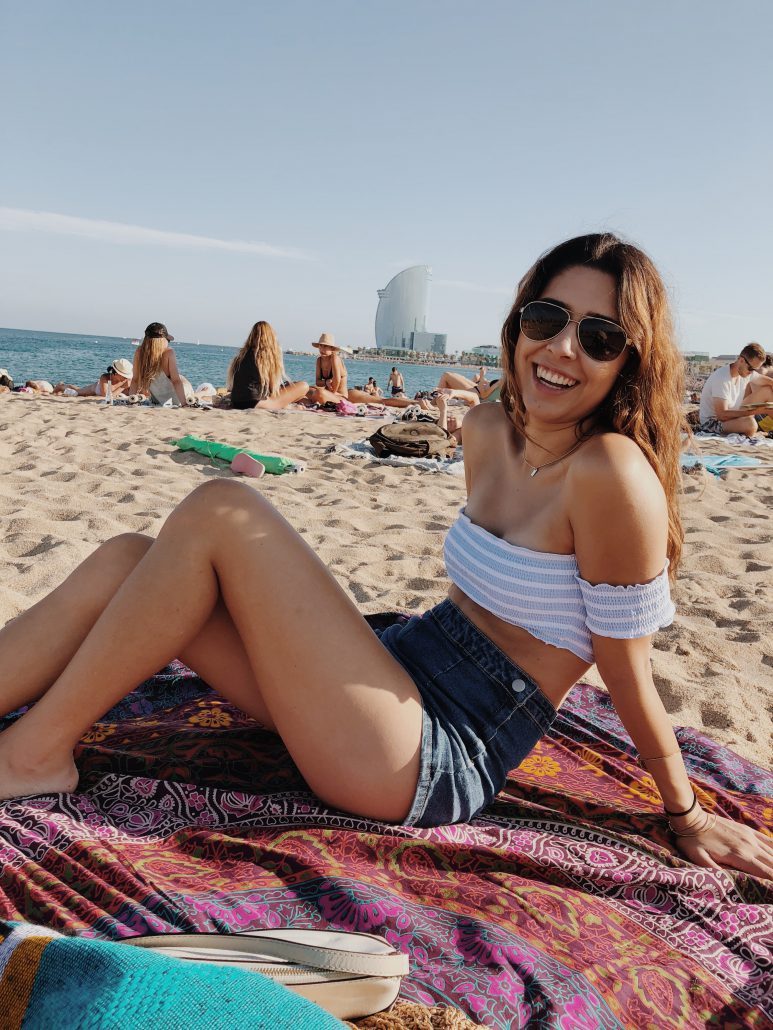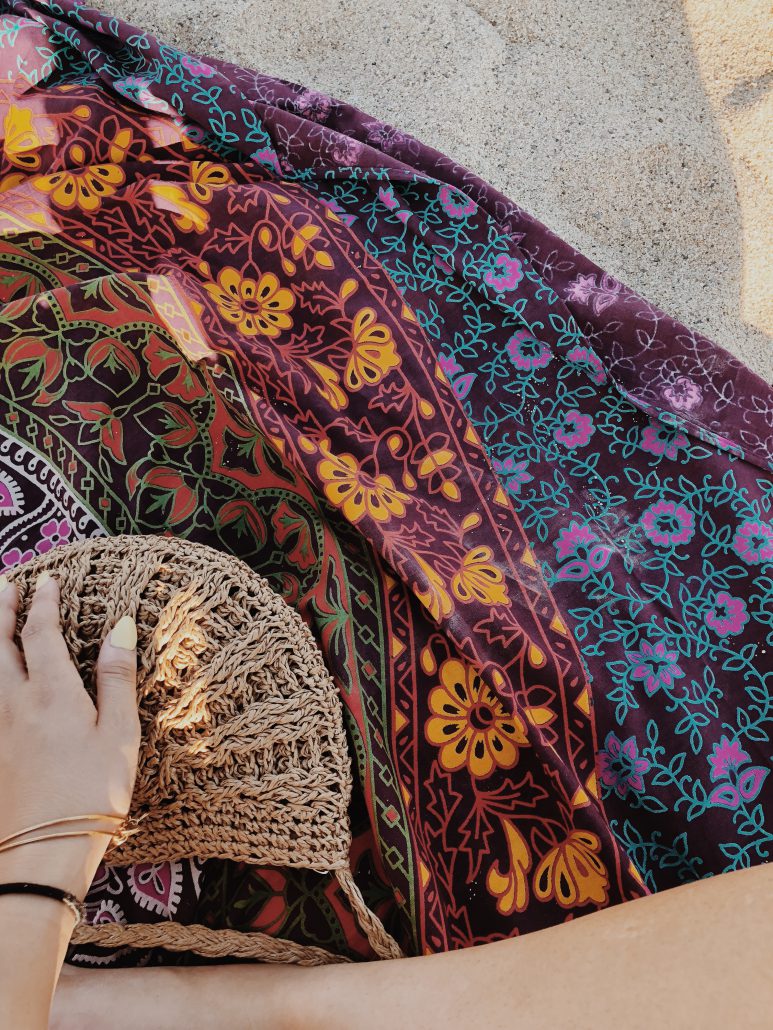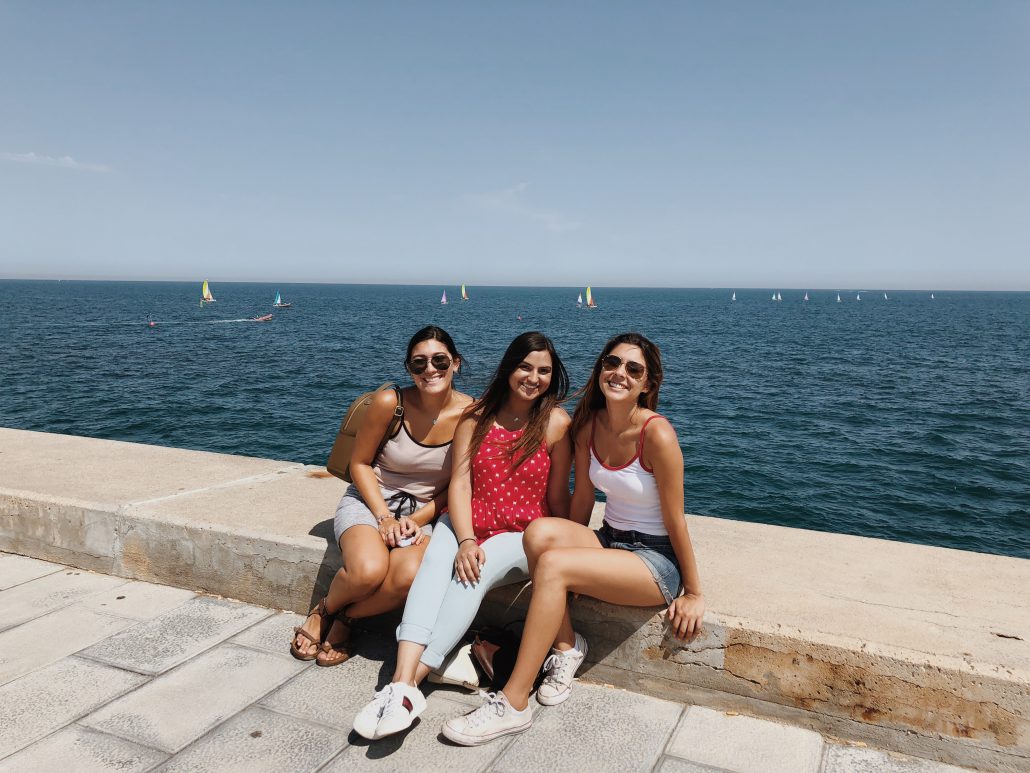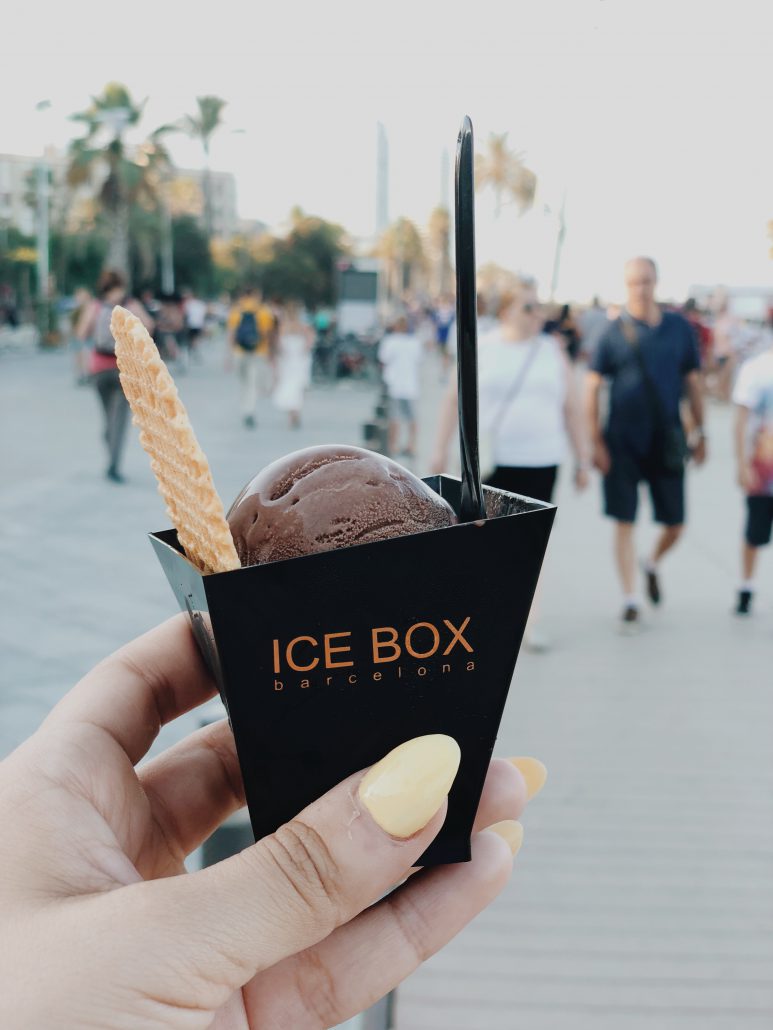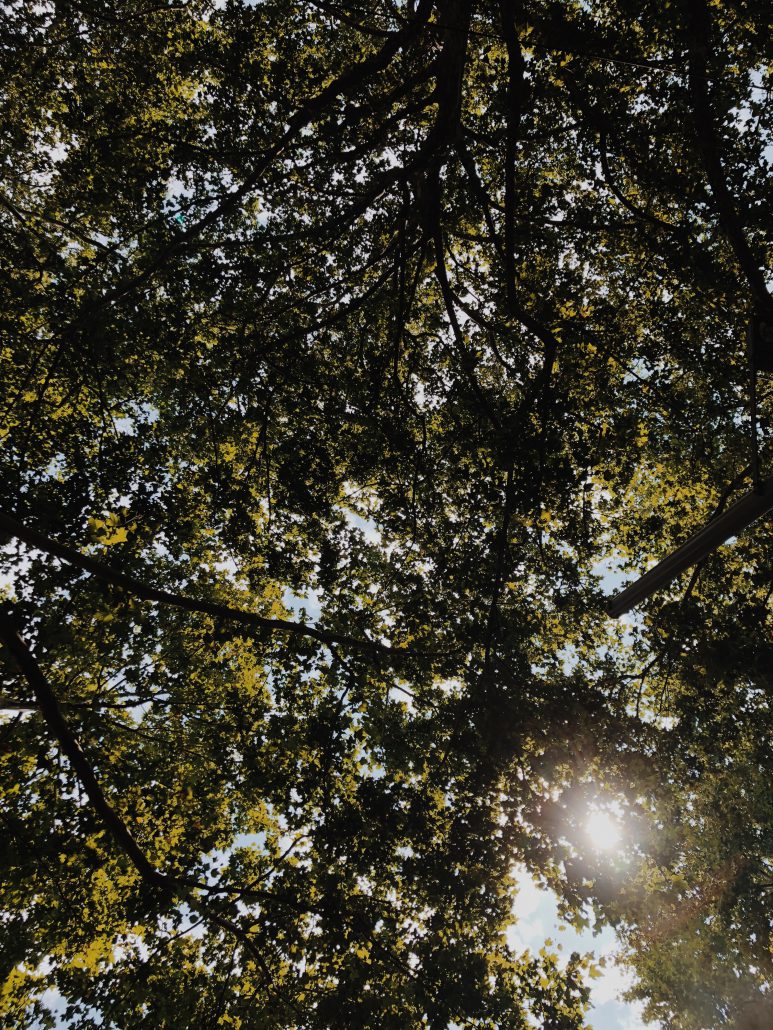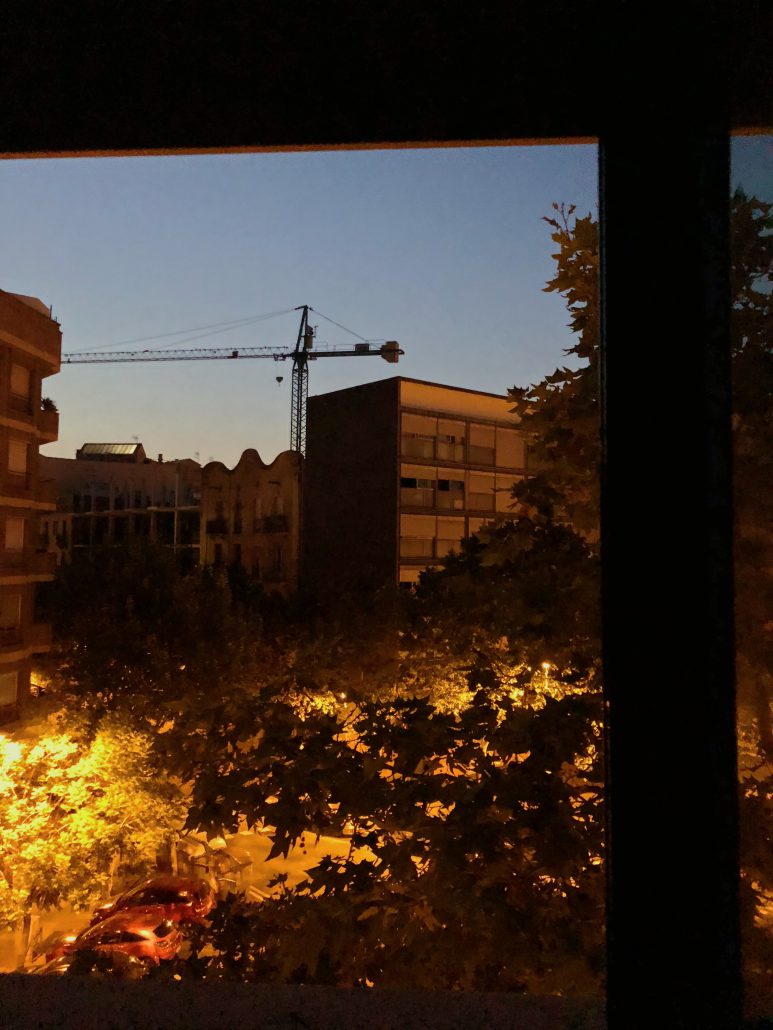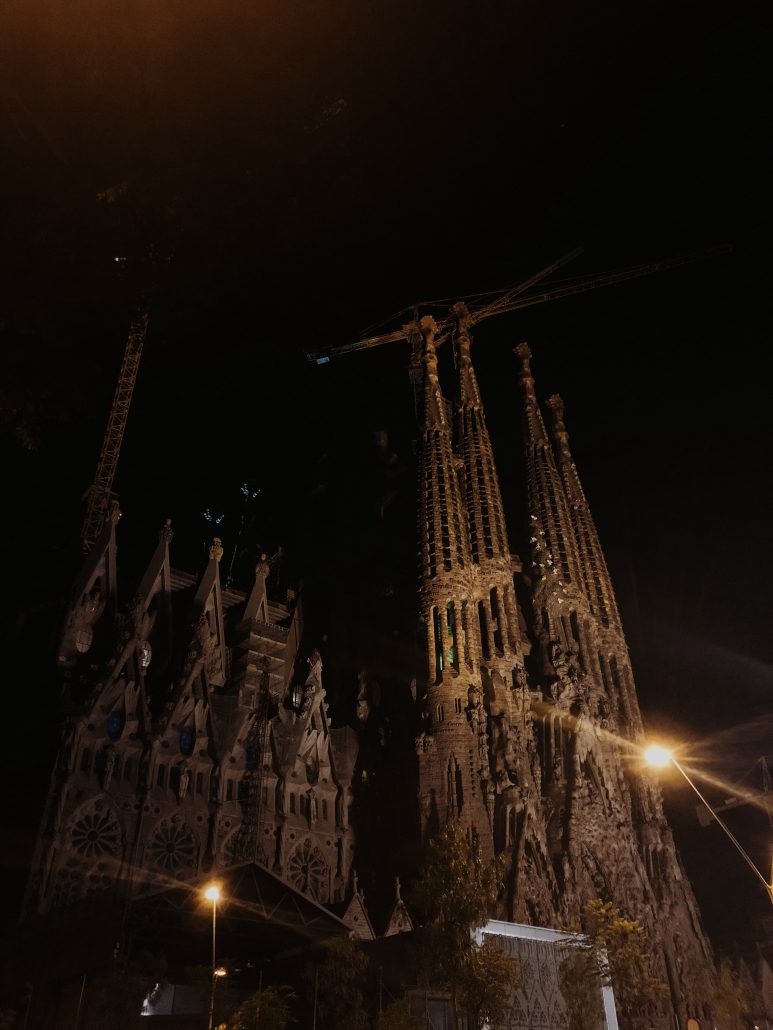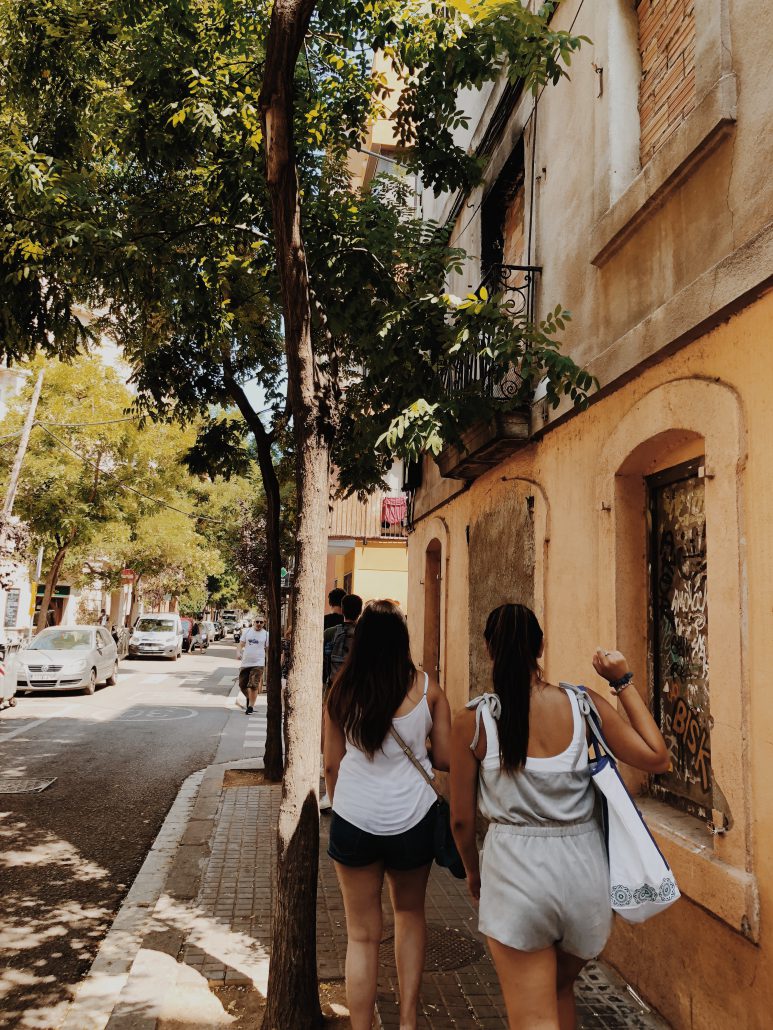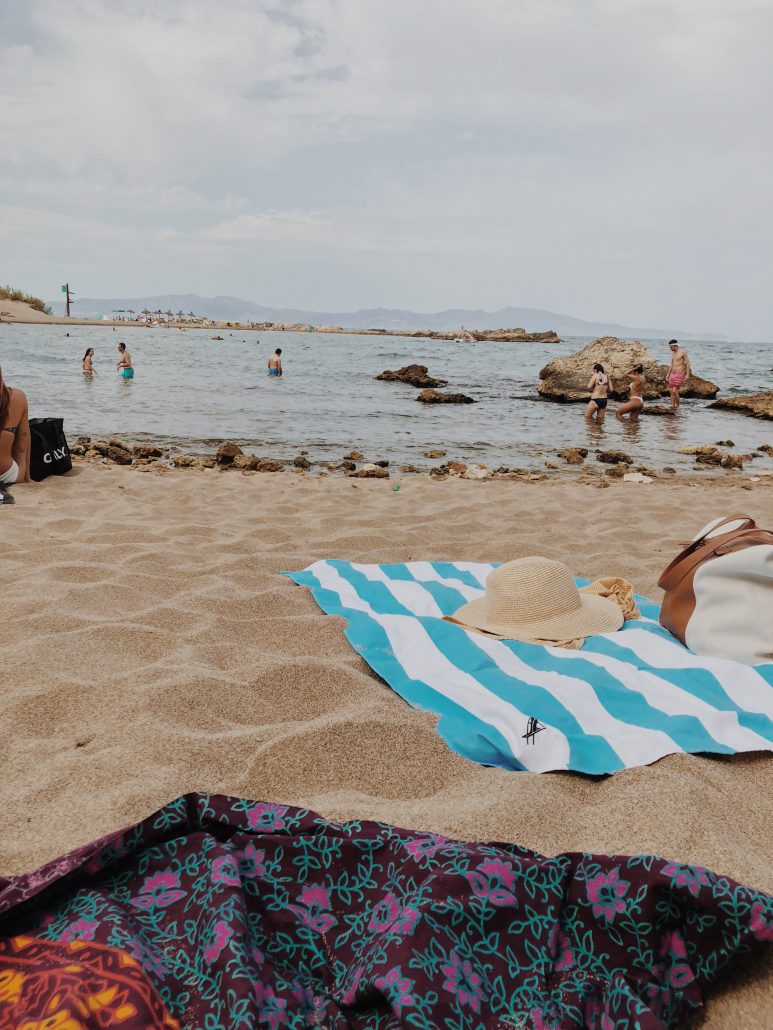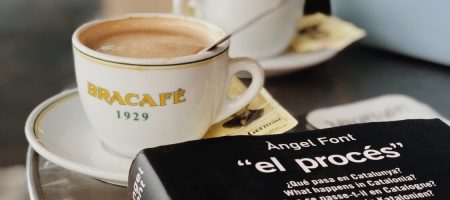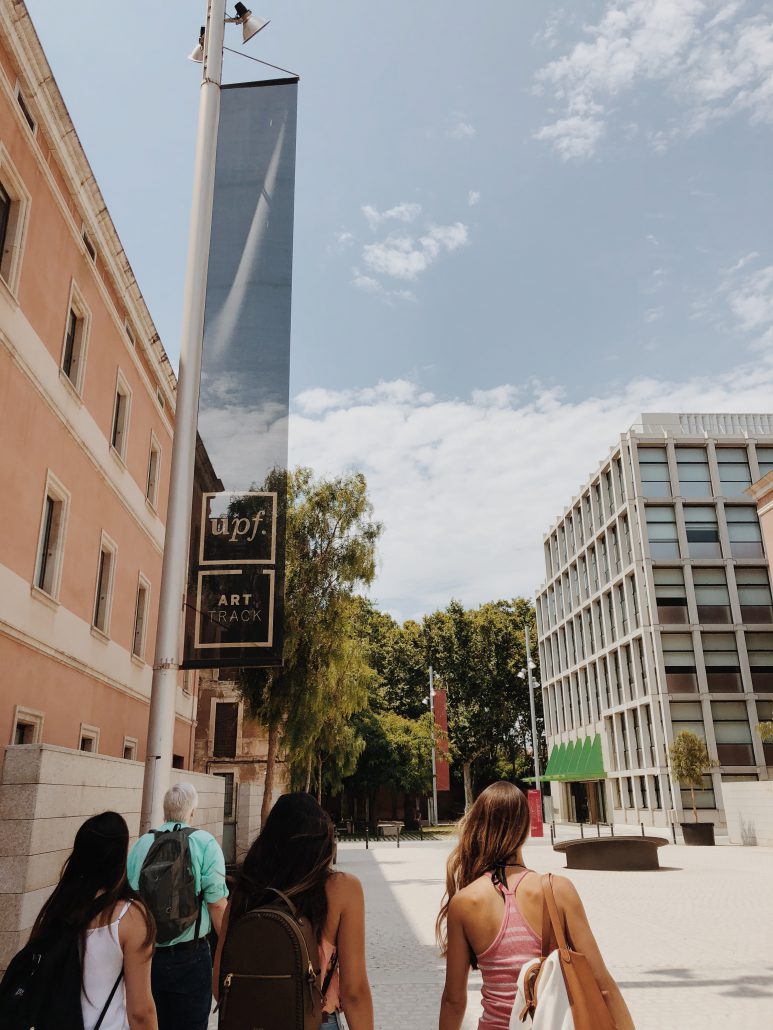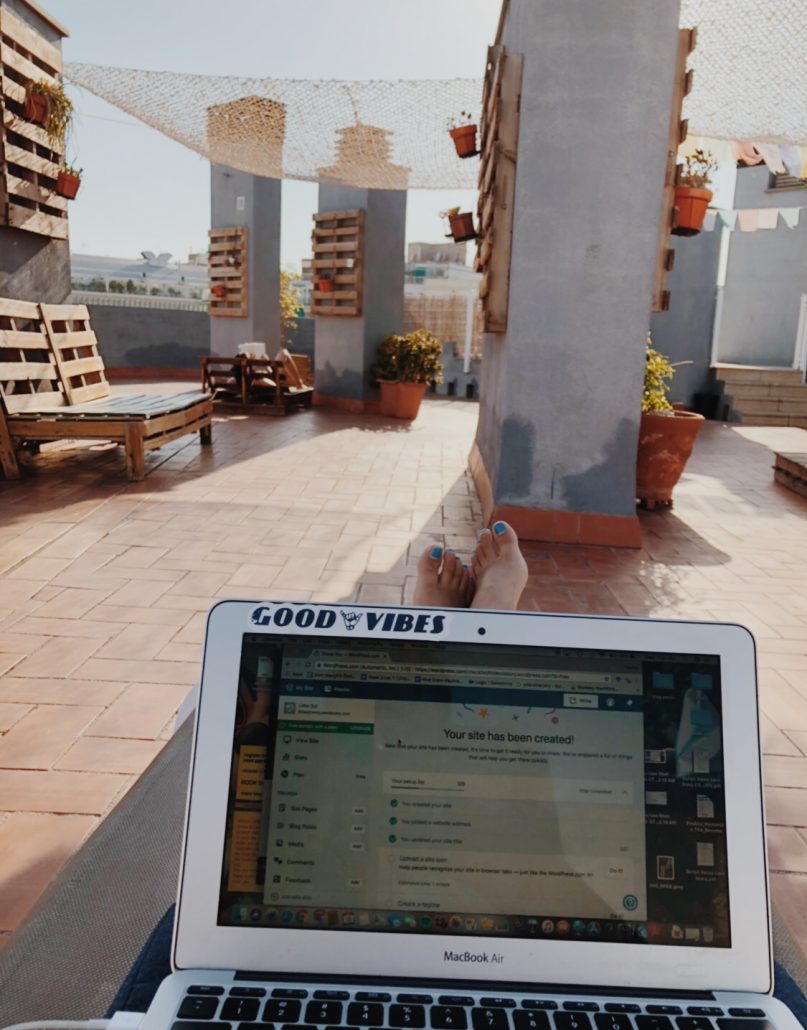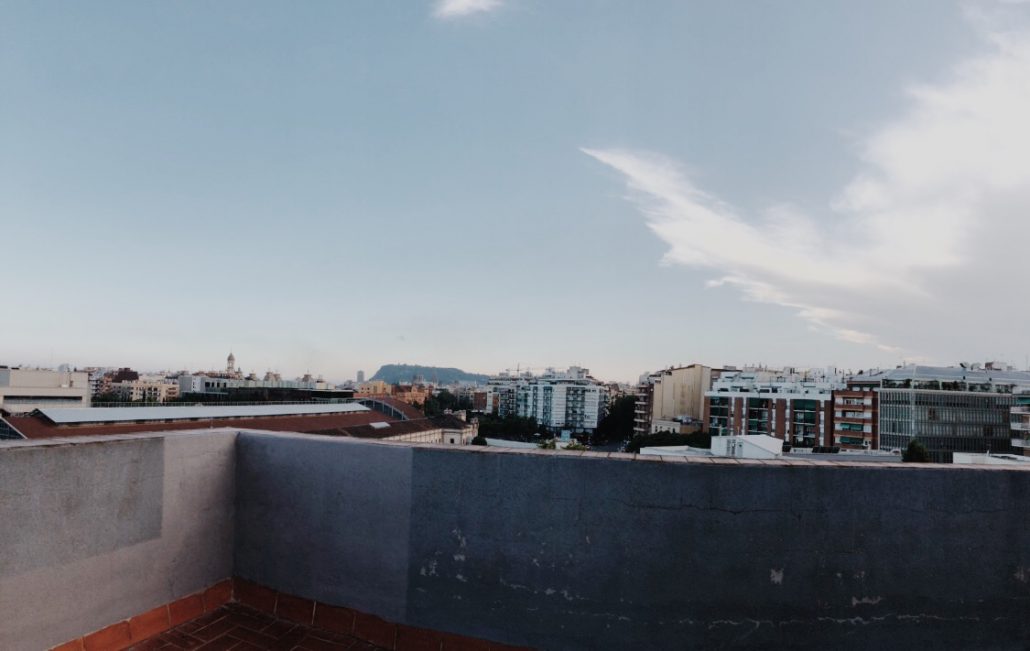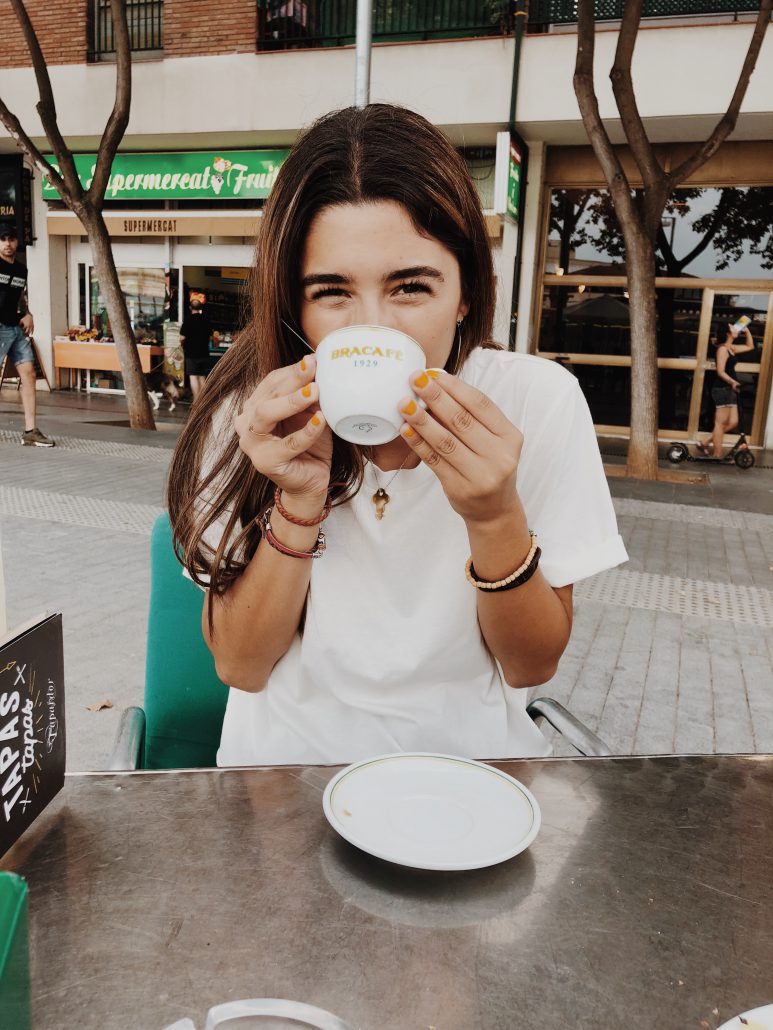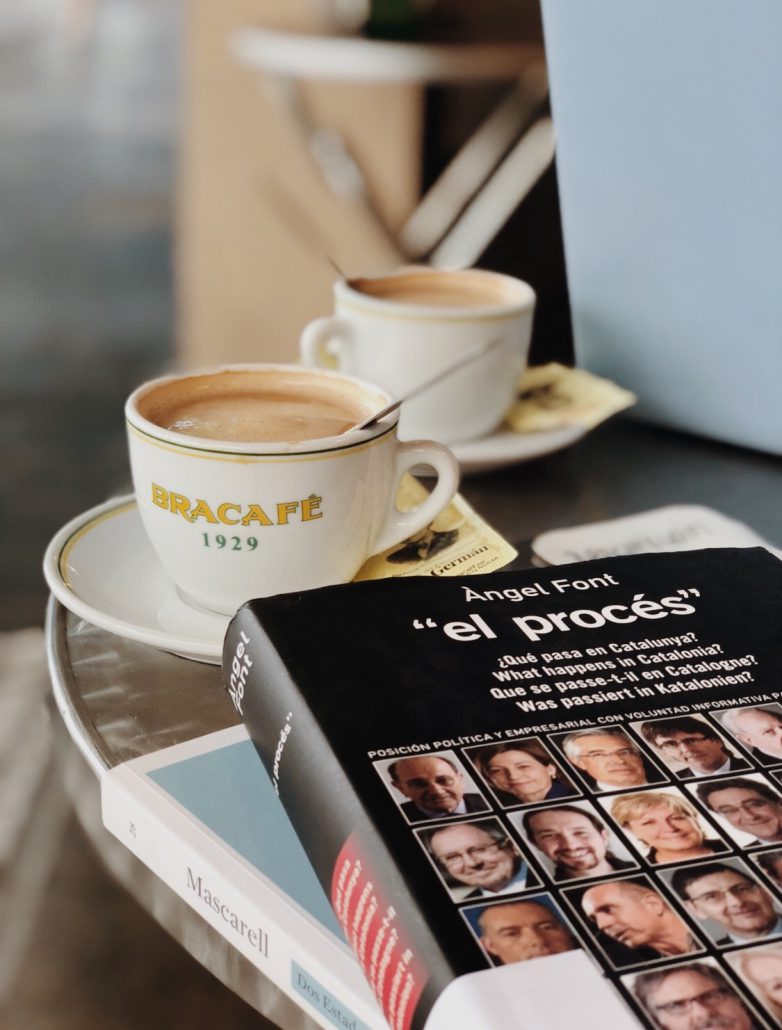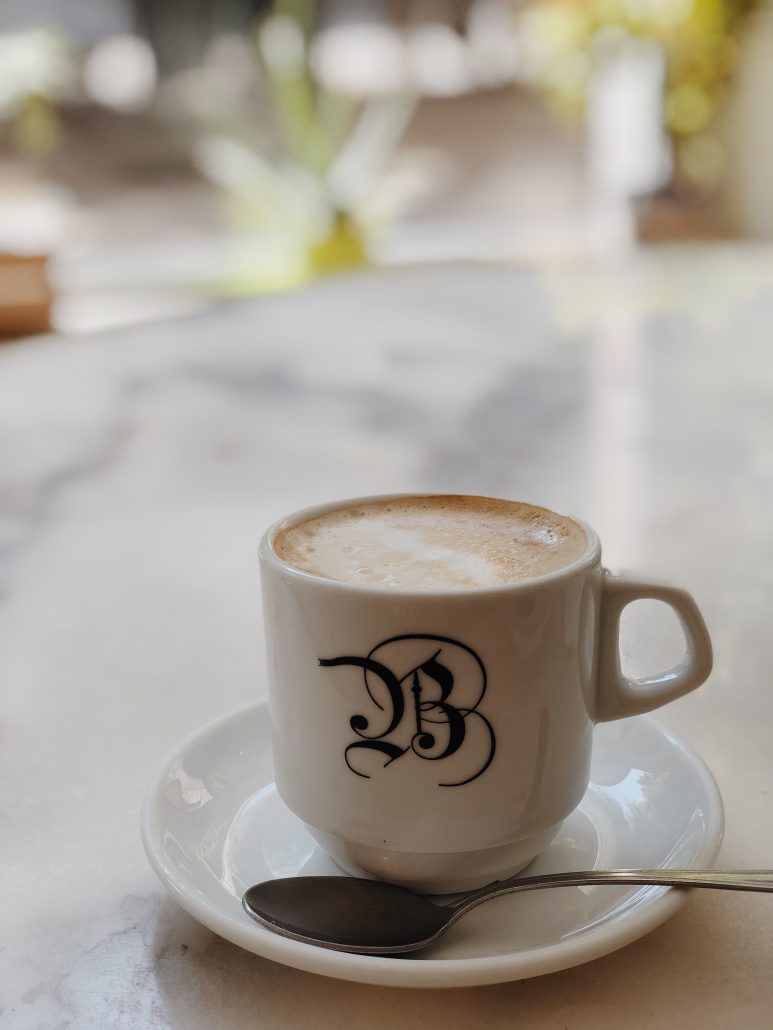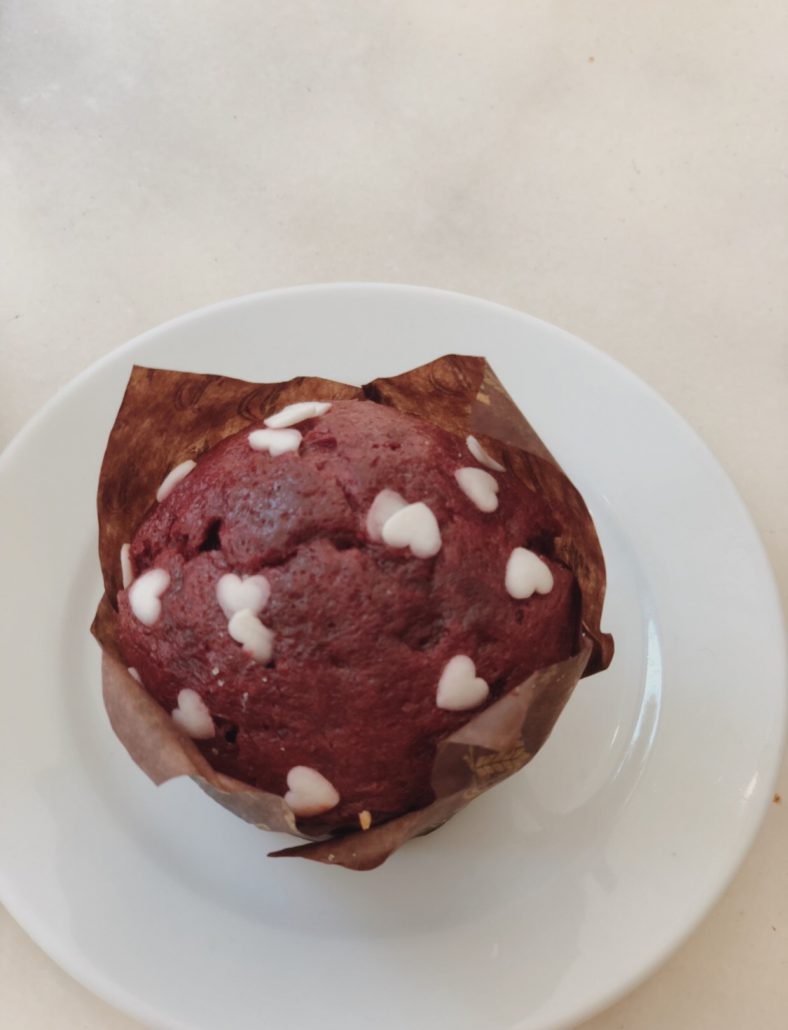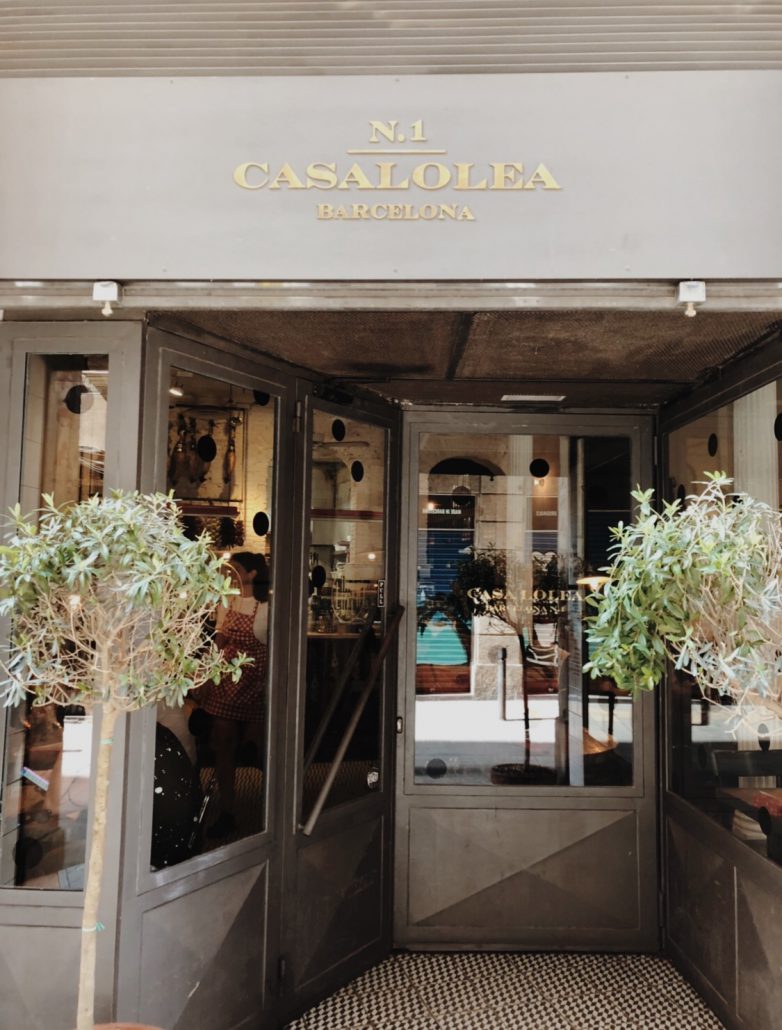Spain | Unique Inside Access to Bomb Shelters from the Spanish Civil War
BY PAULINA HERNANDEZ
This was the most touching and real walking tour for me in this class.
I didn’t really know anything about Franco or the Spanish Civil War prior to this trip. It was one thing to read about it in our assigned book or even discuss it in lecture, but it’s a completely different story when you see the remains of bomb hits and the places where people fled to protect themselves and their families.
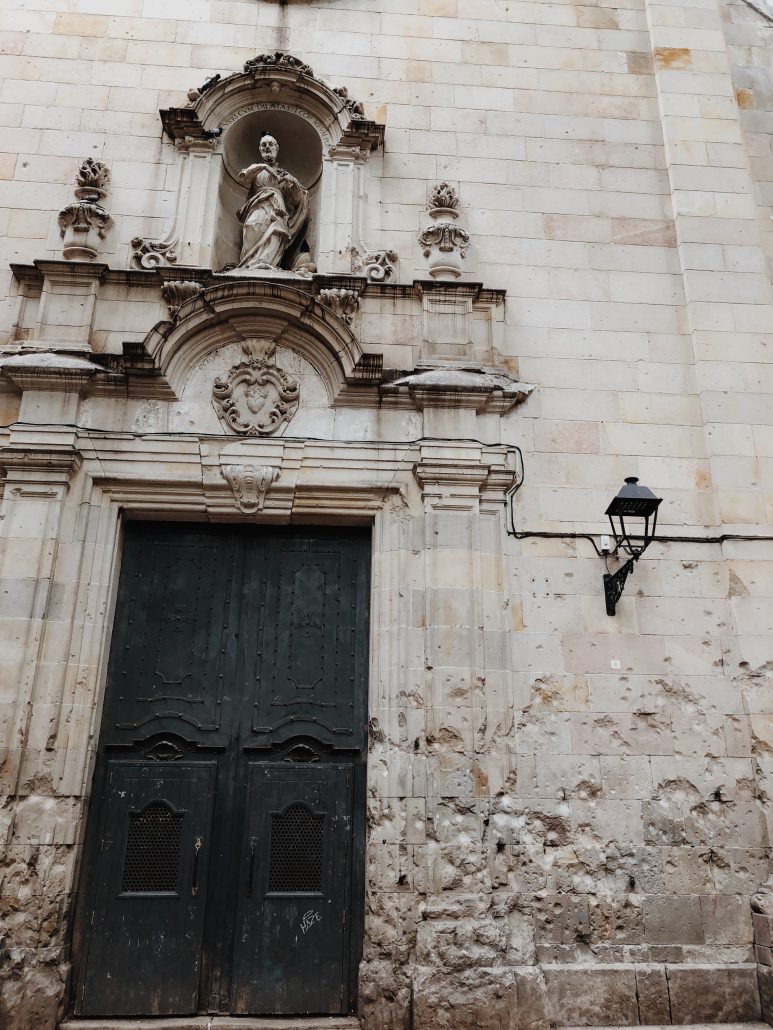
Thanks to the connections provided by our professor, our class was able to take a tour inside the bomb shelters used during the Spanish Civil War which took place from 1936-1939 and was between the Republic (which is the democracy here) and the Fascists. It ended with the victory of the Fascist and a dictatorship by Francisco Franco until his death in 1975.
My mom was born in 1975. That was my first thought when I was first learning about all this. This dictatorship wasn’t far too long ago. This put things into perspective as we entered the underground tunnels of Montjuic that were used as bomb shelters to hold up to 1500 people per shelter.
Rafael Lemkin tried to explain the war in one word: urbicide.
To him, this meant that the war was not only killing cities, but relationships among people, not just merely buildings. This was the first time planes bombed cities. 400,000 Spaniards fled to France as refugees.
After Franco’s victory, no one could talk about it for the entire time of his dictatorship. Our tour guide explained how many Spaniards today are not even aware of the bomb shelters. Although Spain was not officially apart of World World II, Franco did assist Hitler.
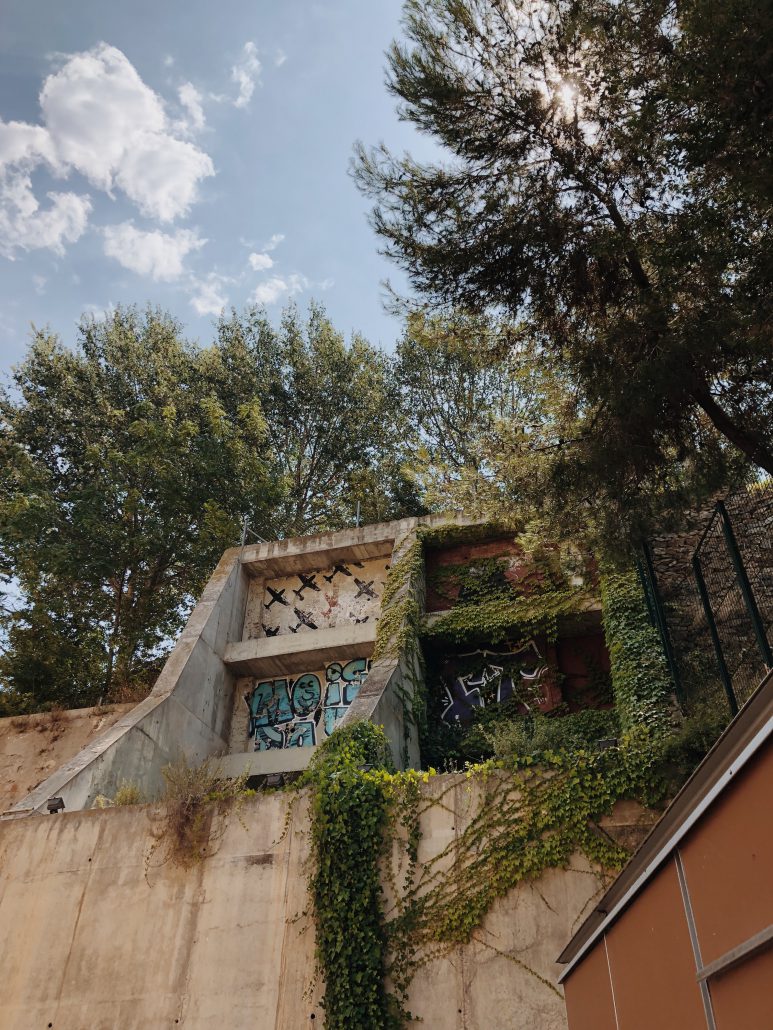
Life within the shelters had to have some rules. They were written in Catalan and Spanish on the walls. People were not allowed to talk about politics or religion, for obvious reasons of trying to keep a calm environment. It’s important to note that these shelters were for ALL people, no matter what side you were on. Everyone had to pay their debts by either working or payments to use the shelter to make it fair.
The tunnels were cold and damp. They were constructed in narrow curved forms to withstand the impact of the bombs. The tour guide told us a sad story about how the one room that was not built in this form was the children’s playroom. It had a wider ceiling and was larger in size. Unfortunately, there were two boys playing in this small room when a bomb struck and the walls in this area could not withstand the strike. The ceiling came crashing down, killing the two young children. We saw the room and the destruction; I can’t describe it. I just know that it shattered my heart, thinking about them and the way the families in here were real people, parents, and kids.
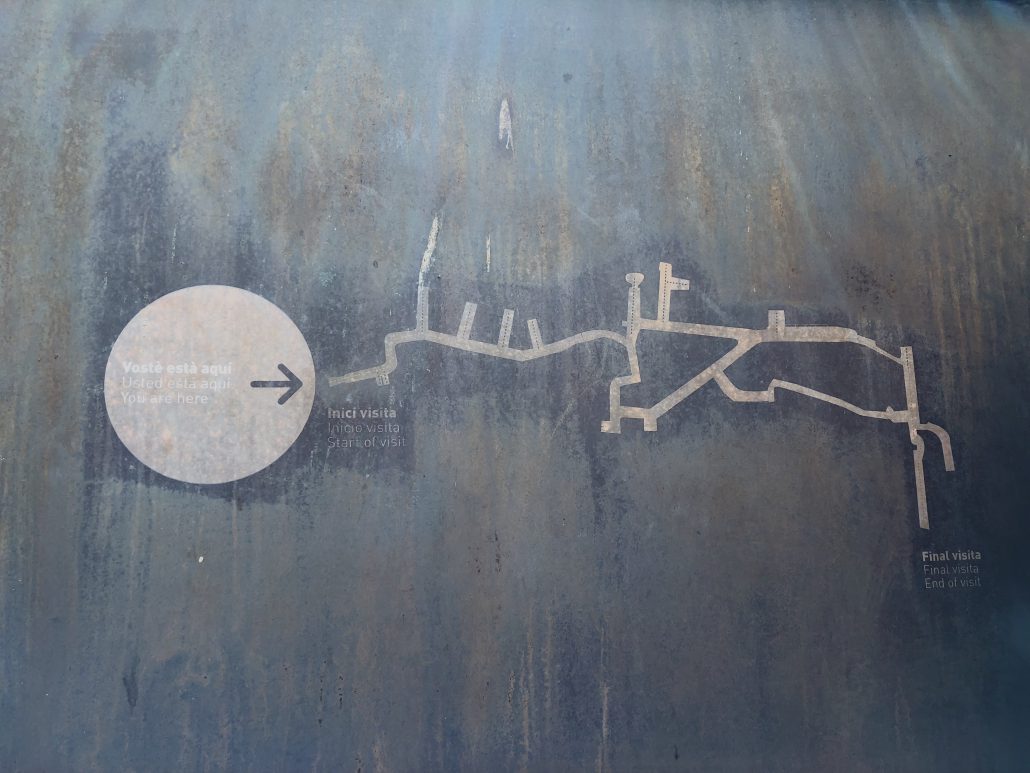
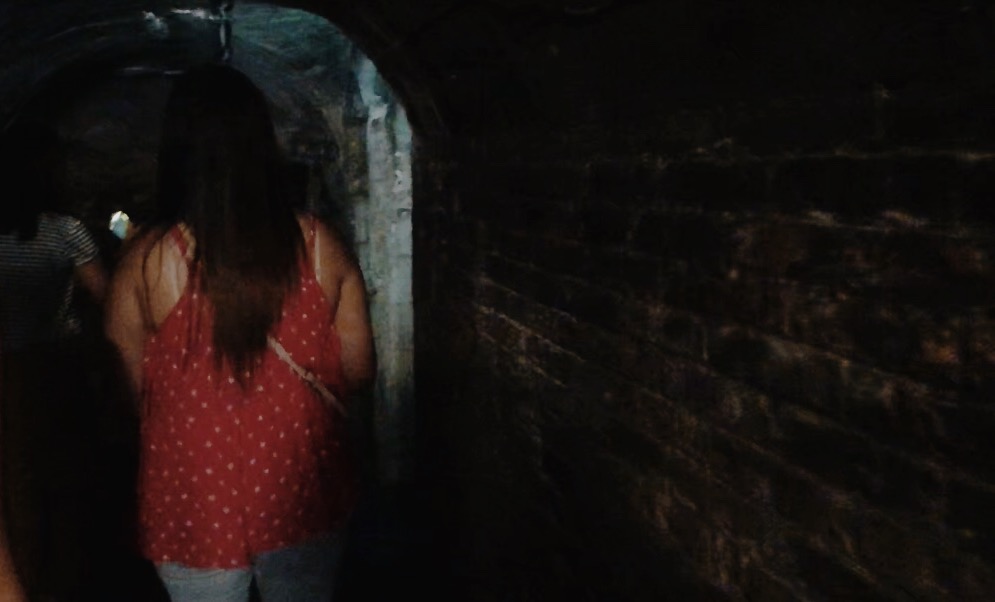
There was also another room for the sick so they could be contained in one area. If you were a doctor, you most likely worked here to pay your dues of using the tunnel. The tour guide explained about pregnant woman would also be giving birth in the bomb shelters sometimes. My friends and I just imagined the unsanitary and sad conditions to bring life into this world. It was a lot to take in, but definitely brought everything to life.
After the Spanish Civil War was over, the soldiers kept building and adding to these shelters just in case there was a chance Spain would be apart of WWII. A poor family apparently used the shelter as a home for 10 years without anyone knowing from 1949-1959.
Because Barcelona wanted good branding for the Olympic Games of 1992, the shack towns that once existed in Montjuic up to this point and in Barceloneta were removed and renovated. Only 2 of the bomb shelters are preserved.
As I said time and time again, this was the saddest but most eye-opening learning experience that I’m grateful I had the chance to experience. I hope you do too!
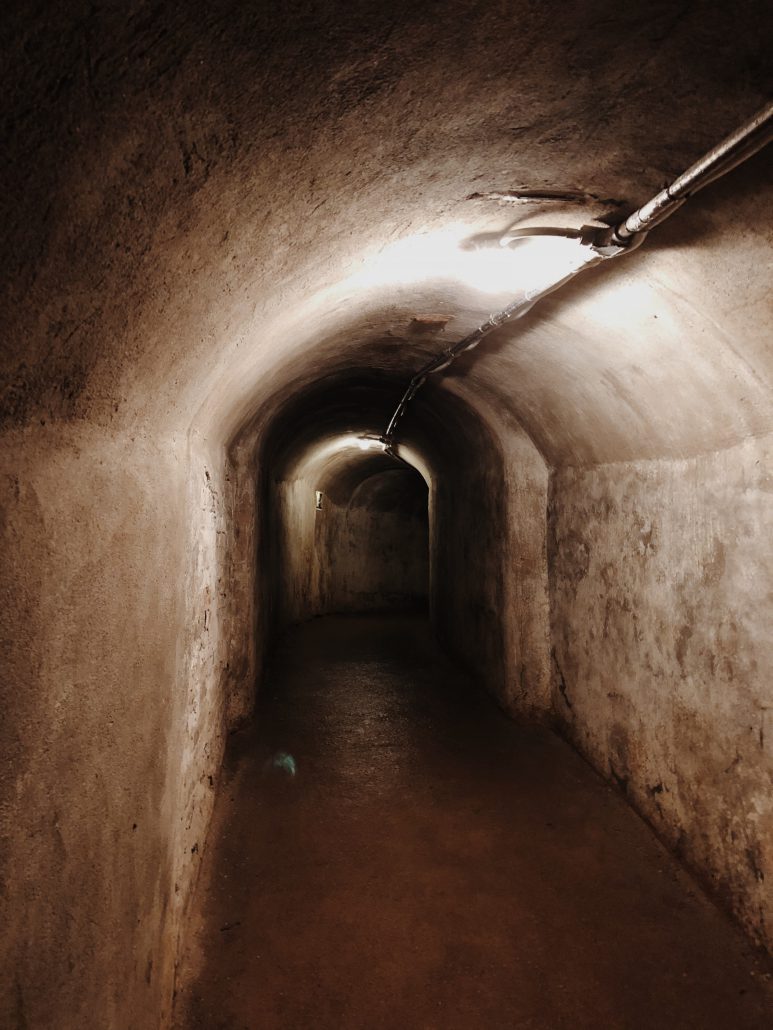
Paulina Hernandez studied abroad in Barcelona, Spain in summer 2018: https://ieo.ucla.edu/travelstudy/span-barcelona/


